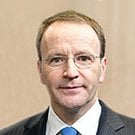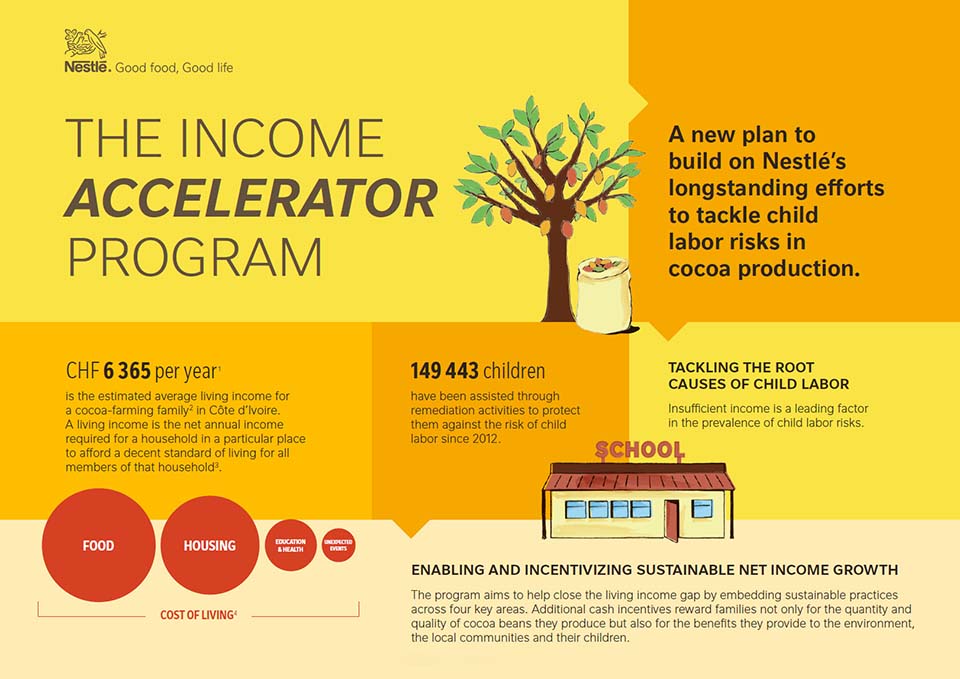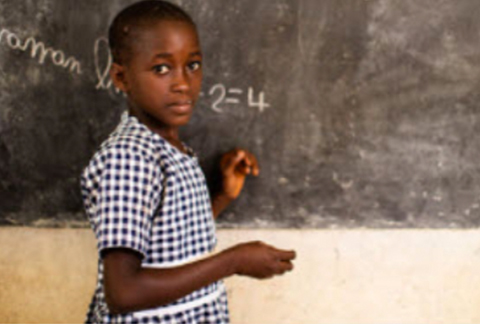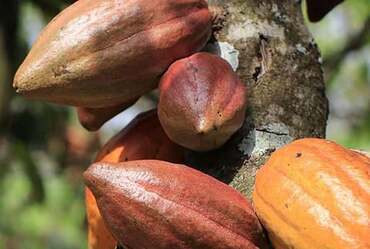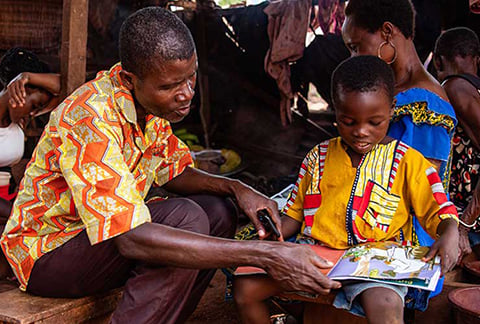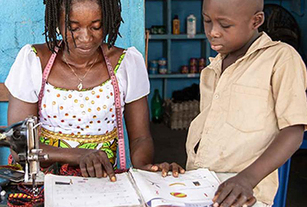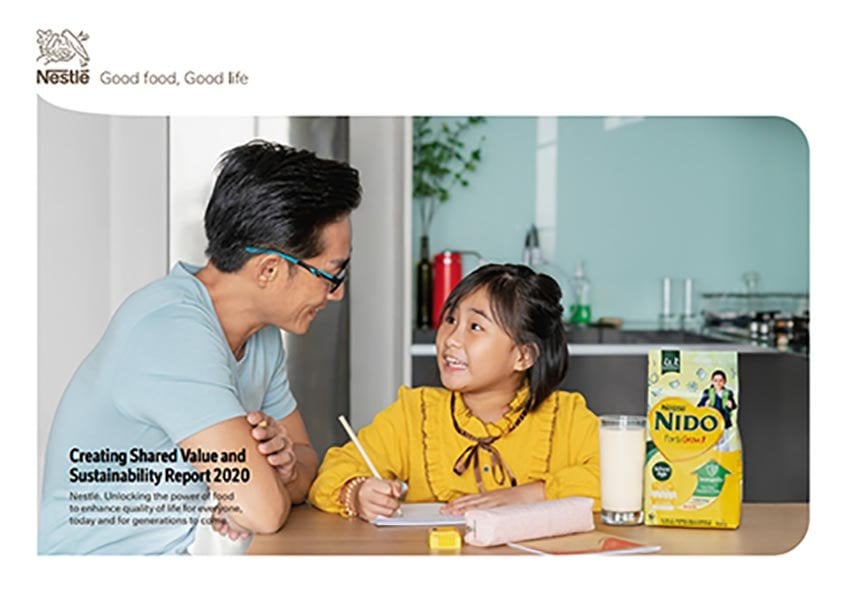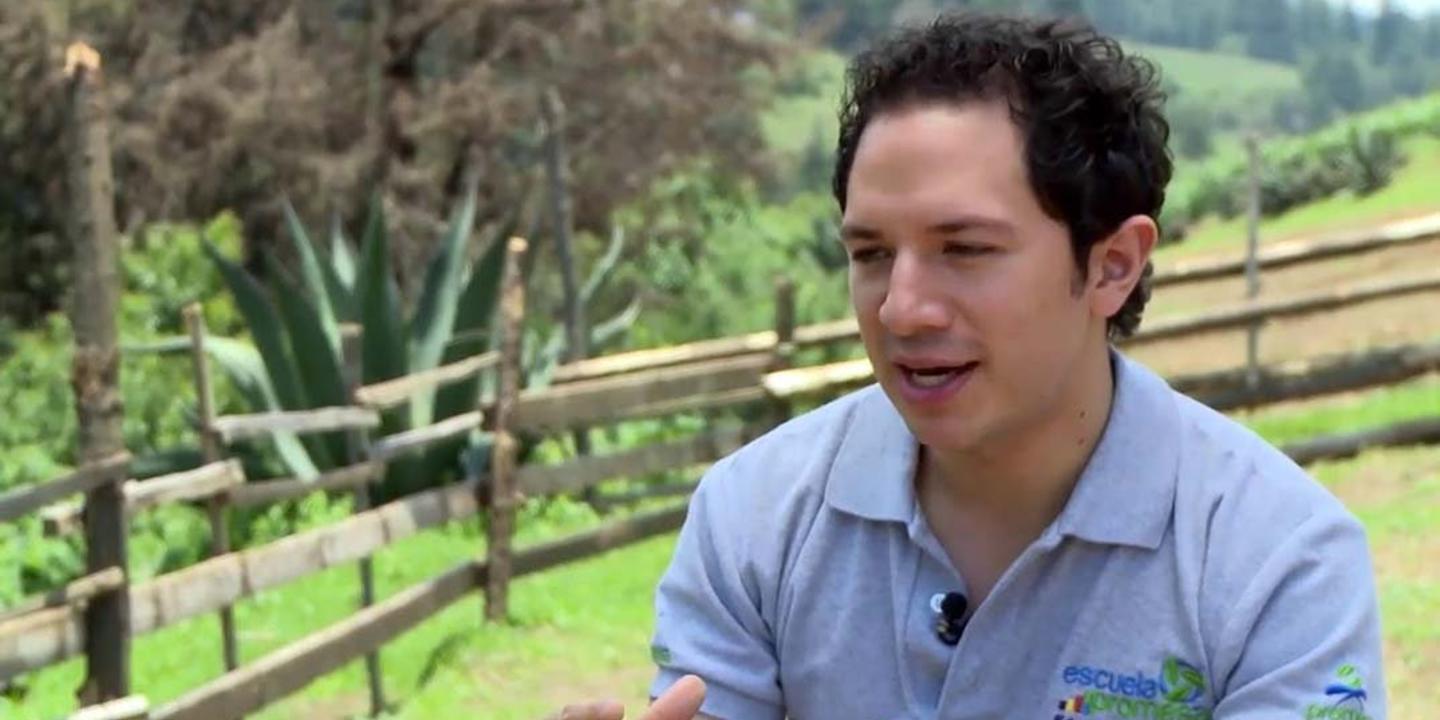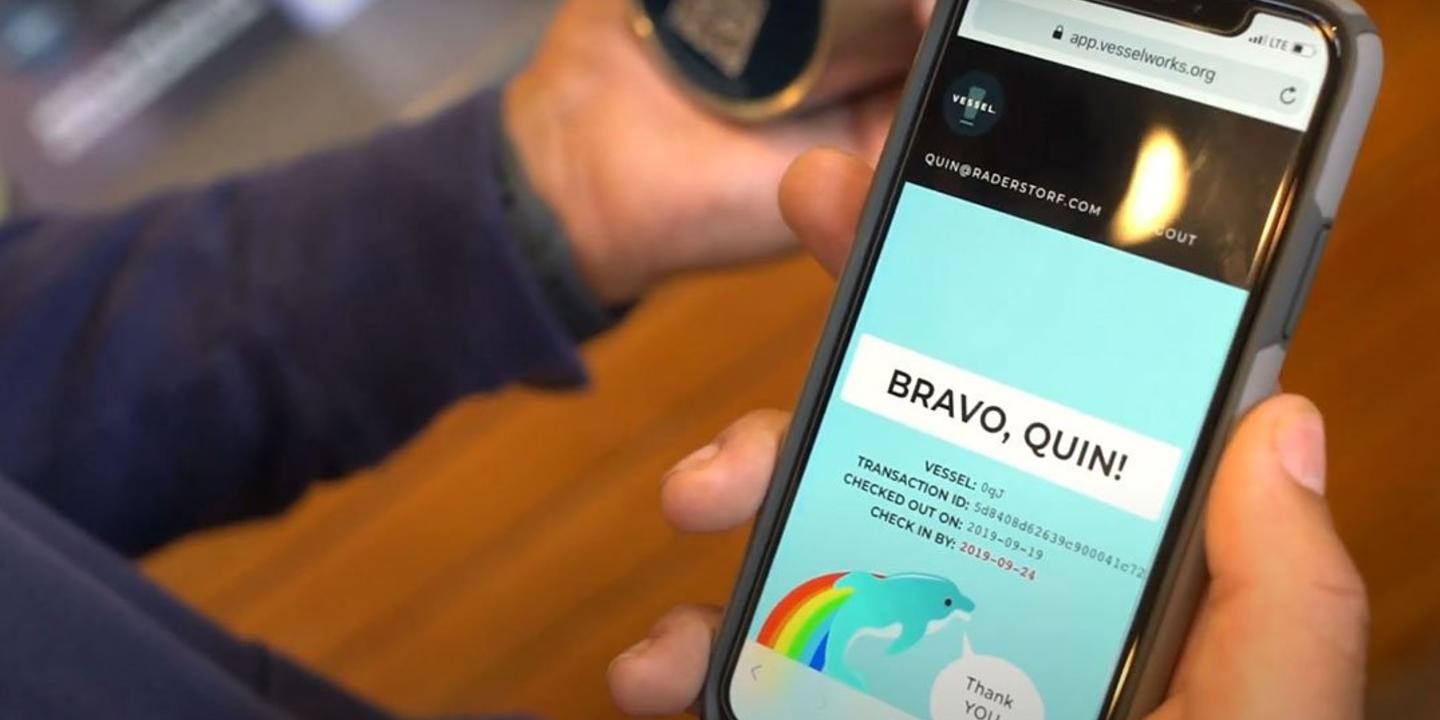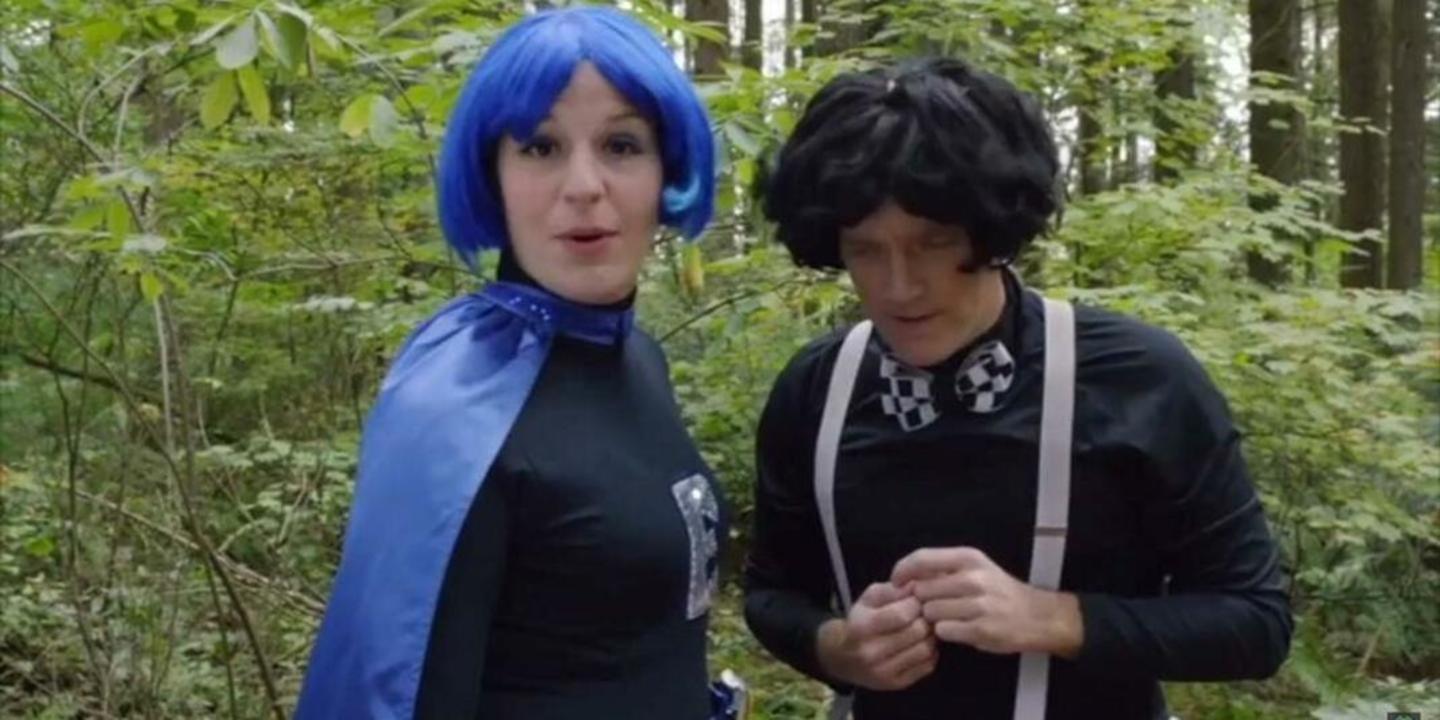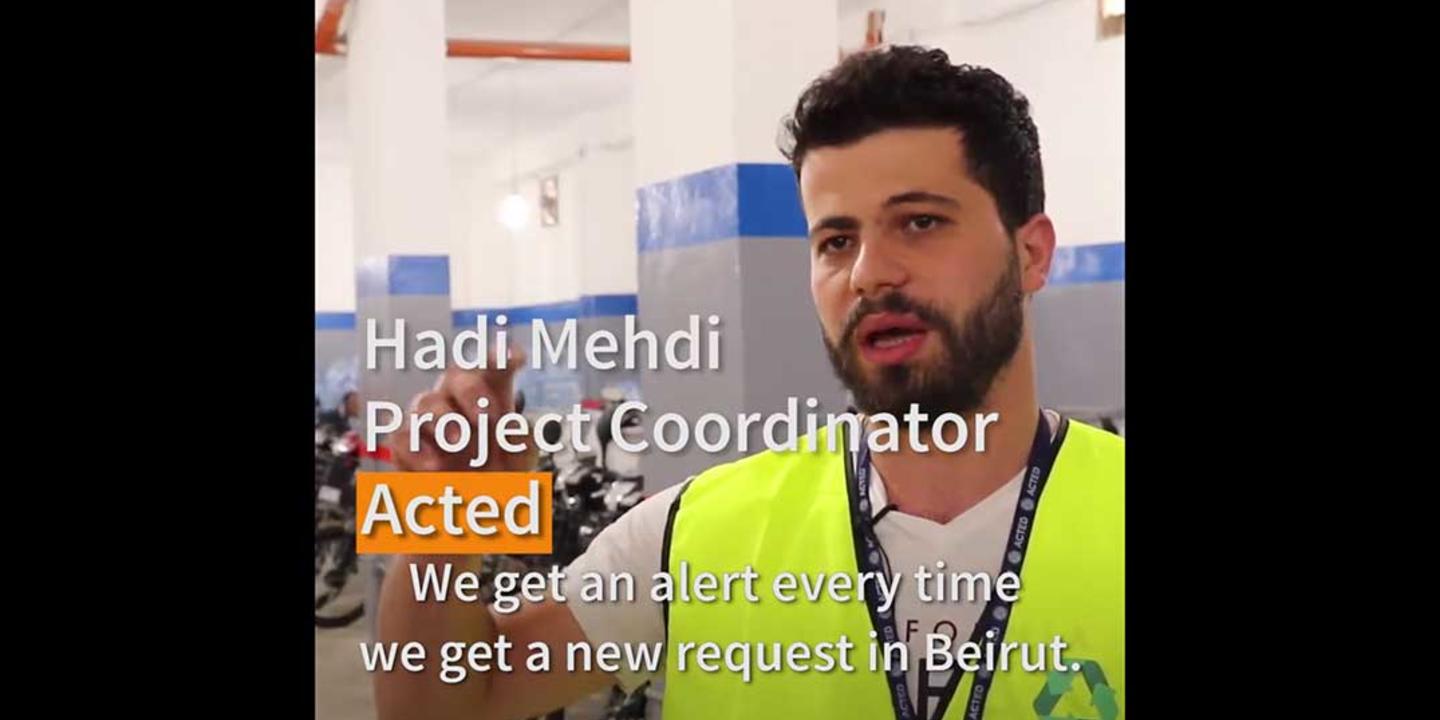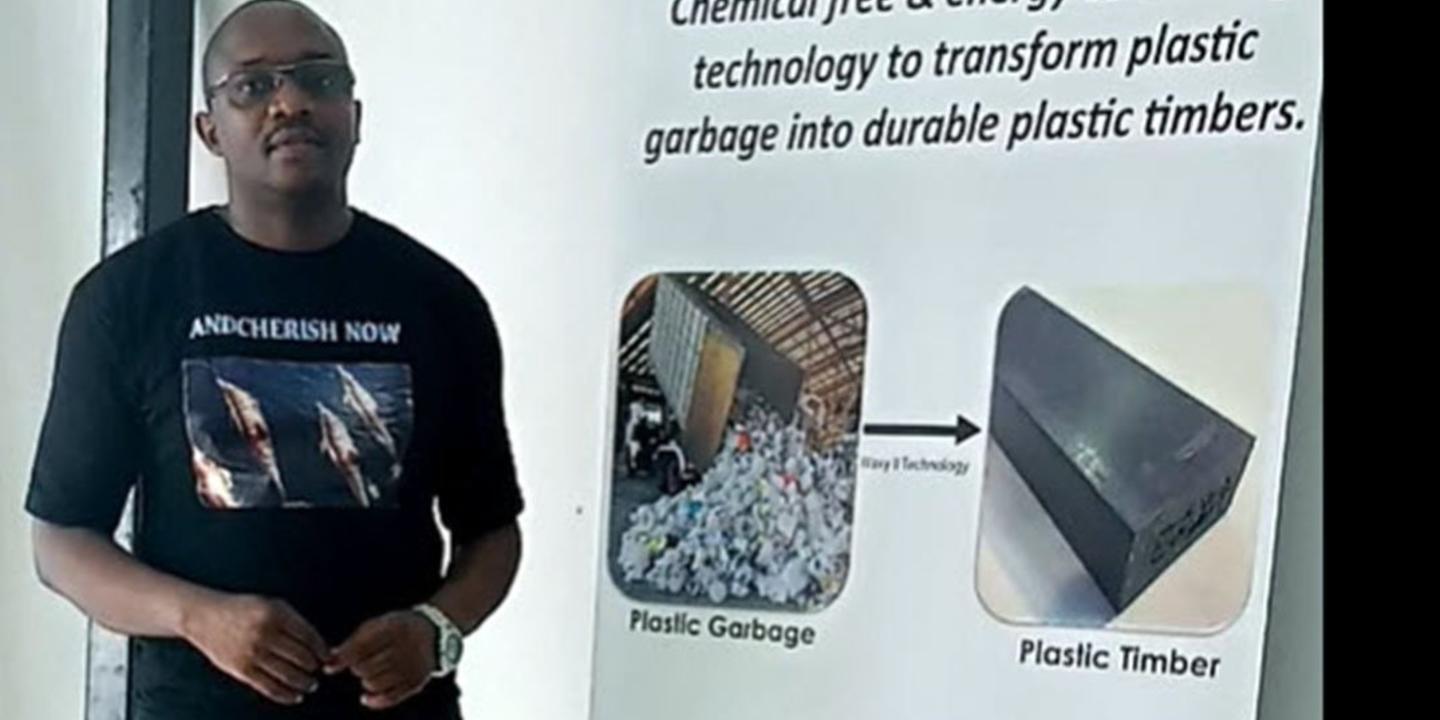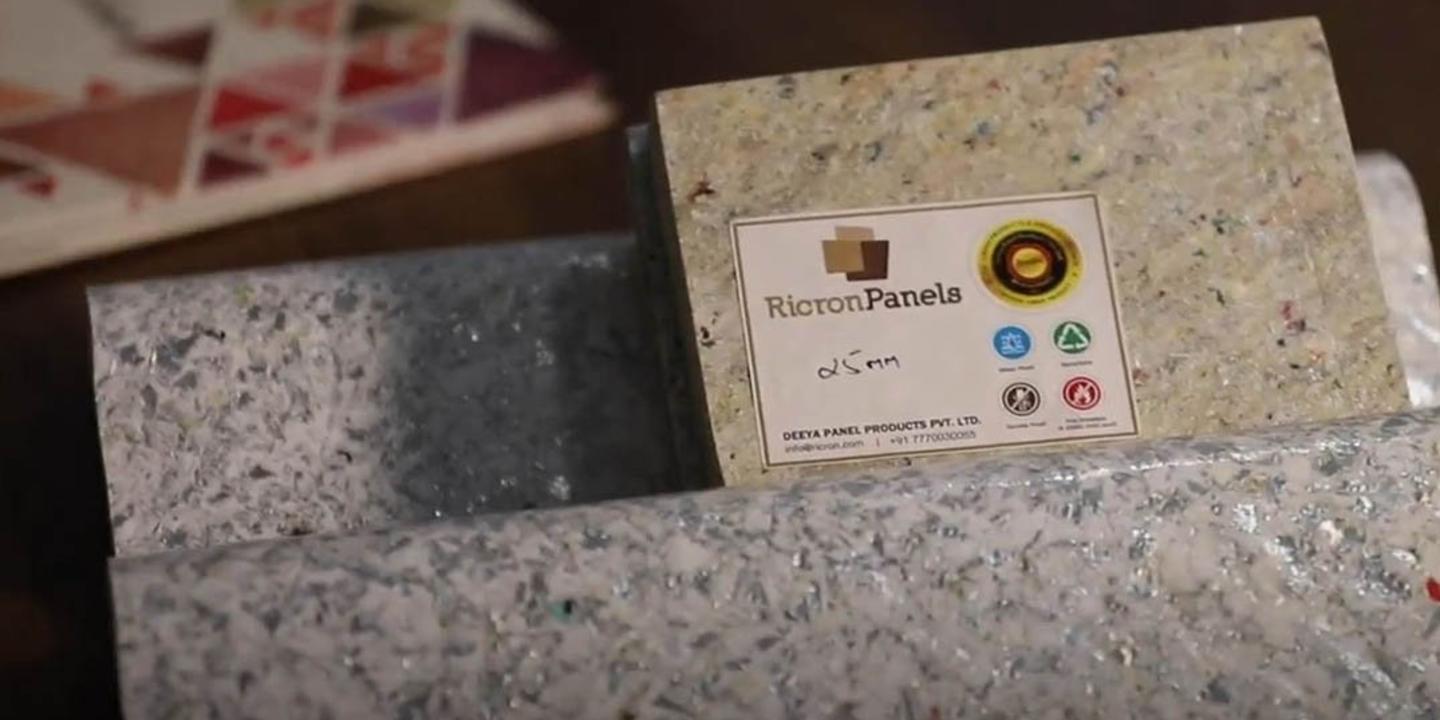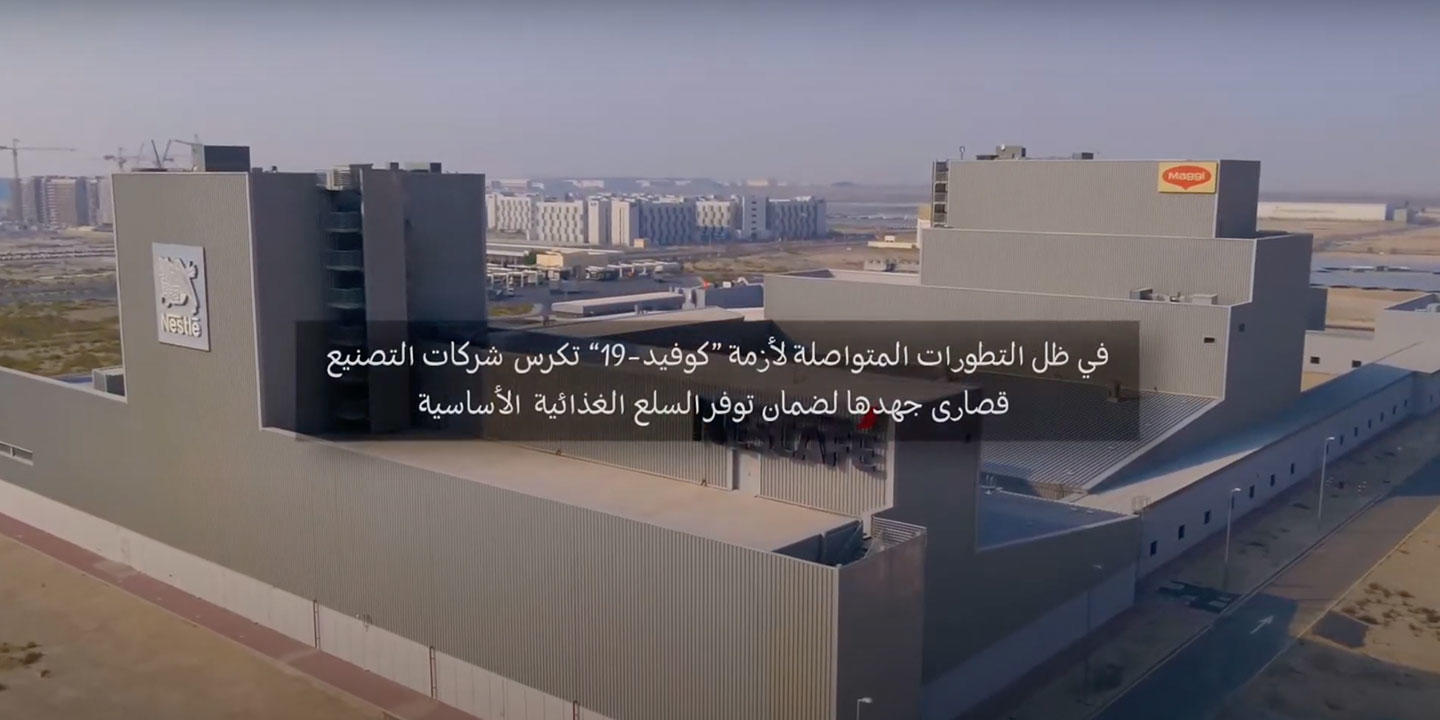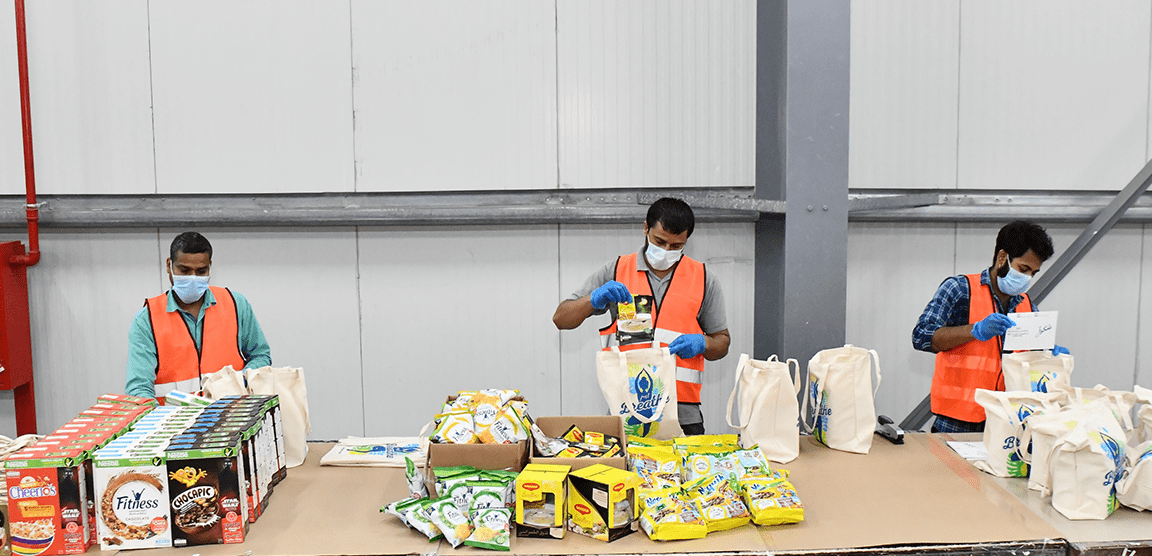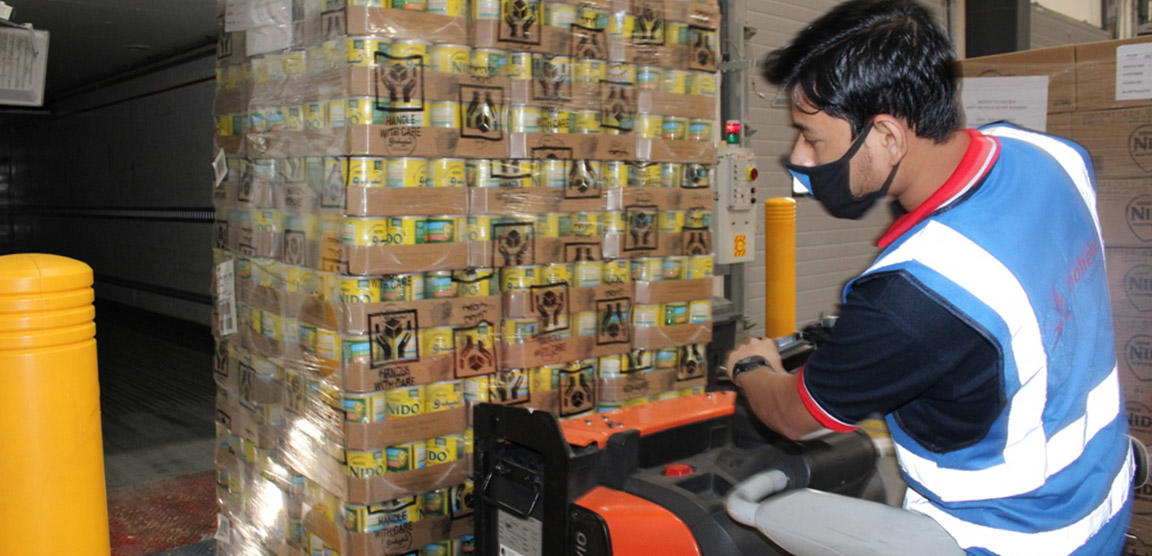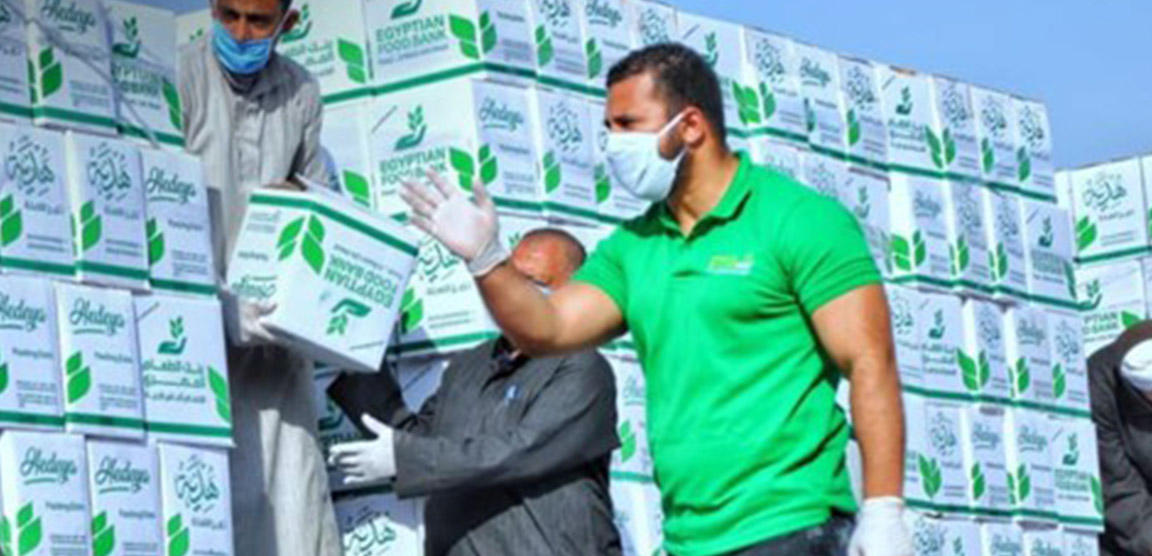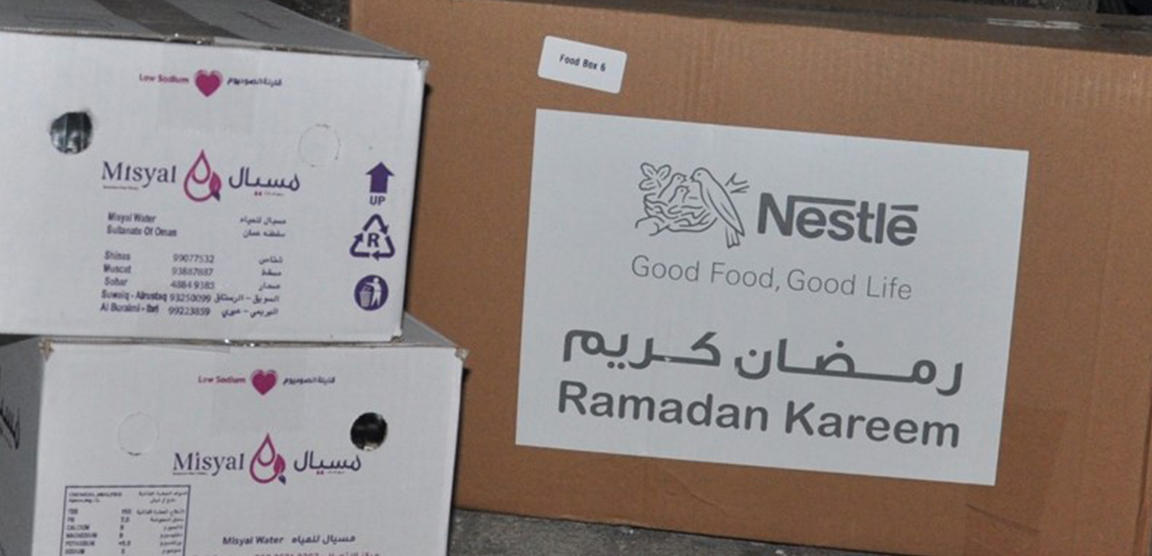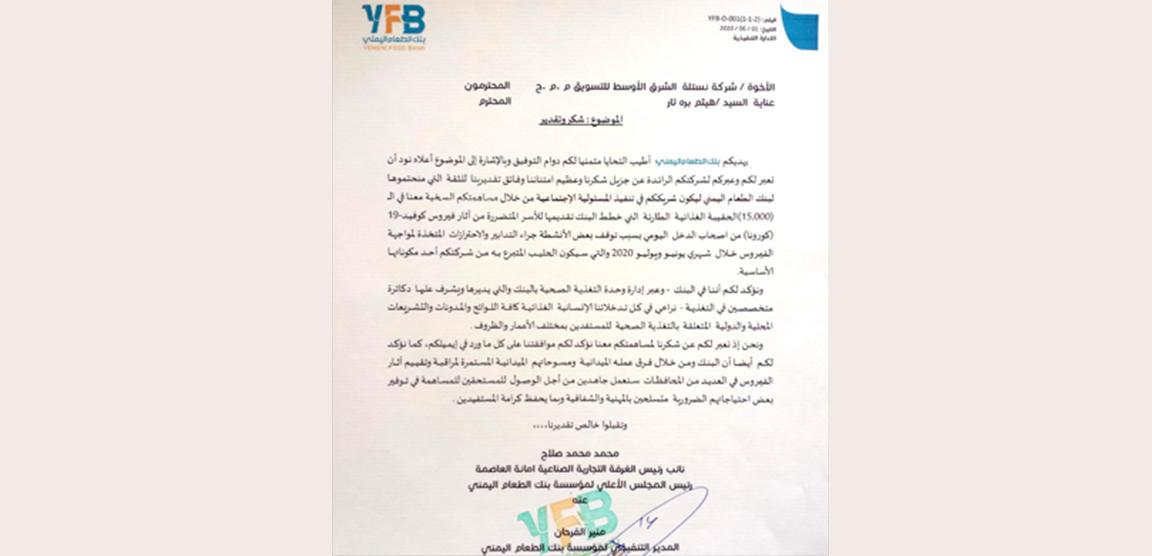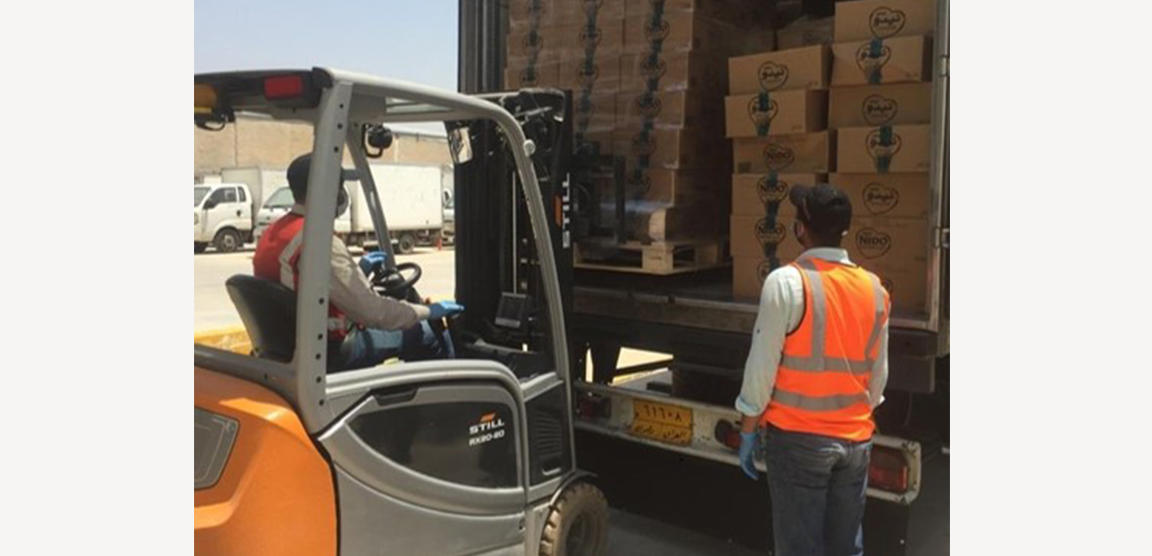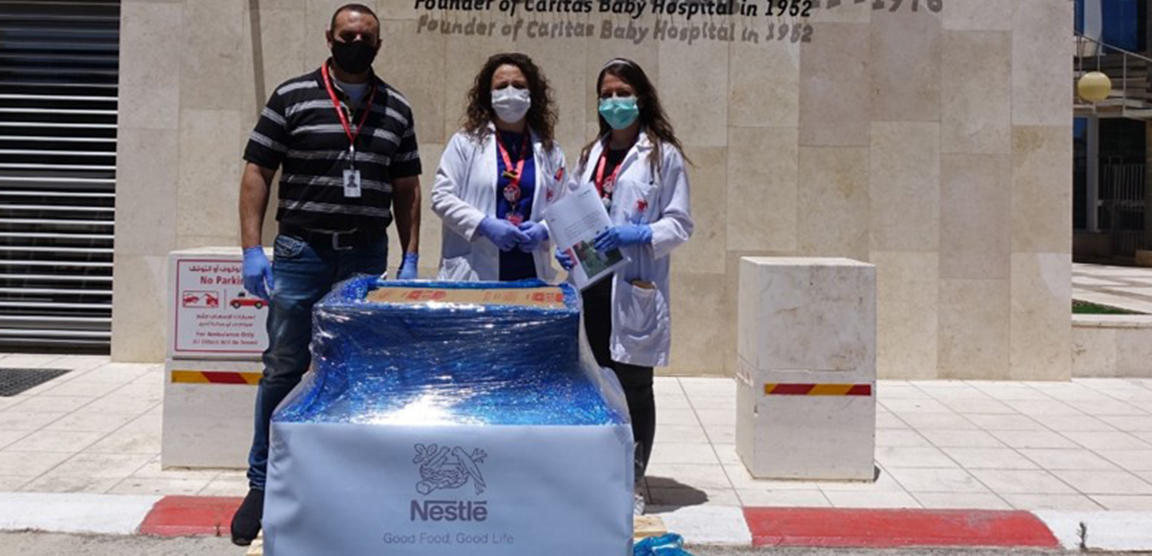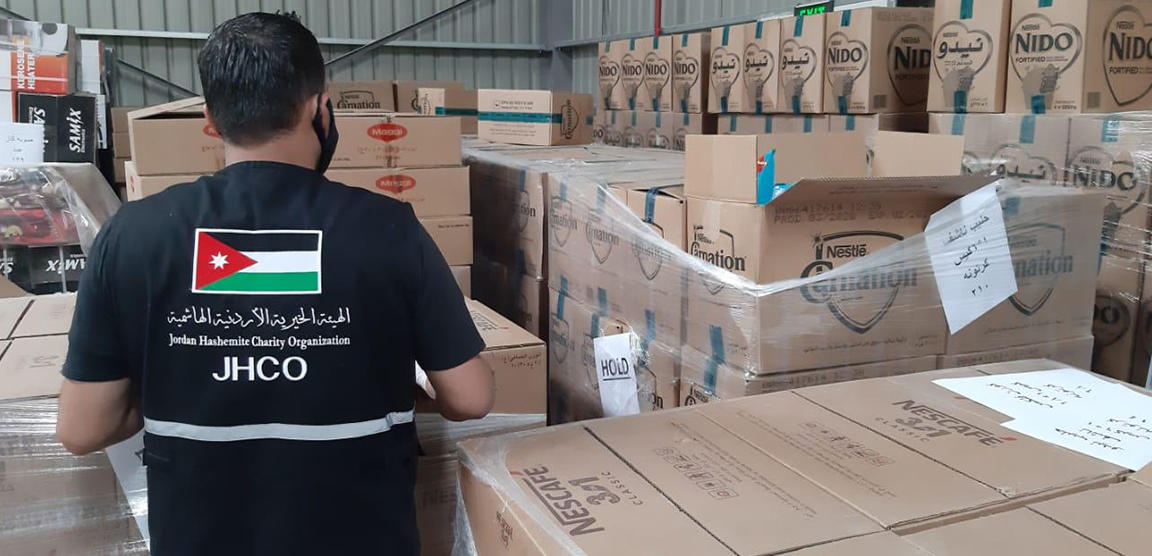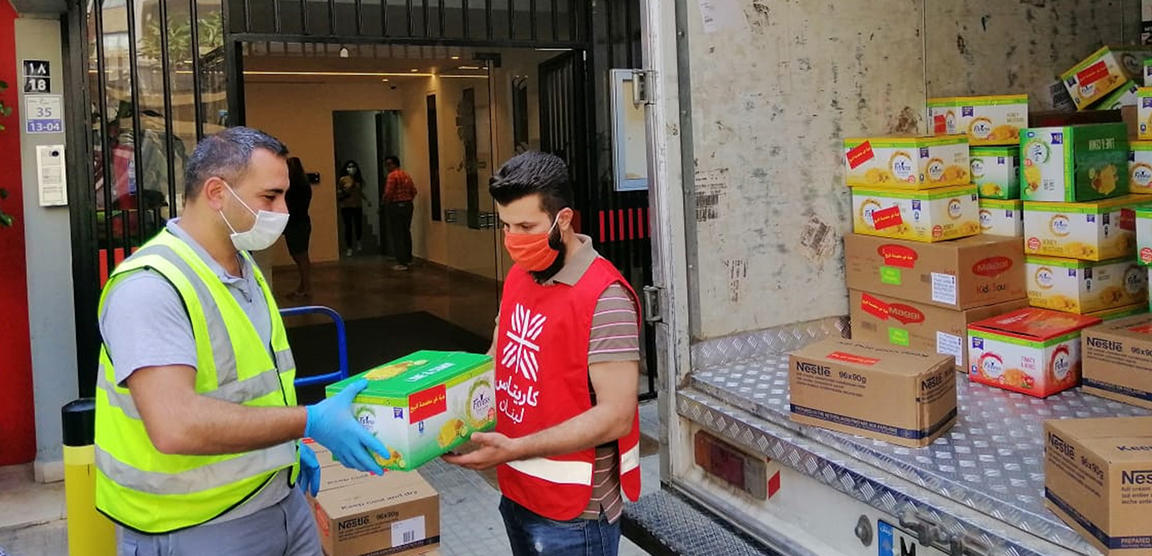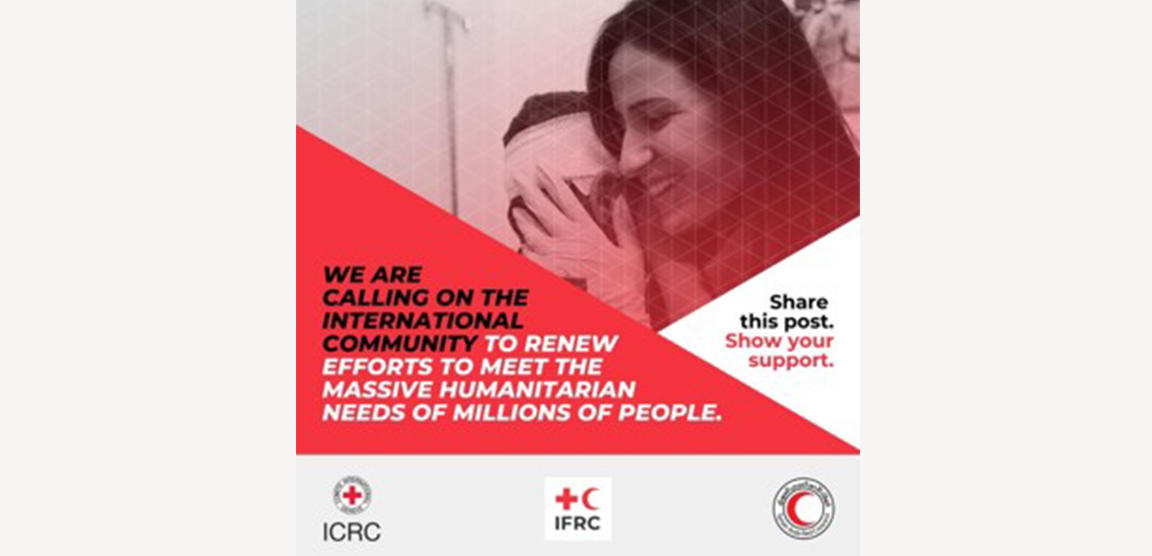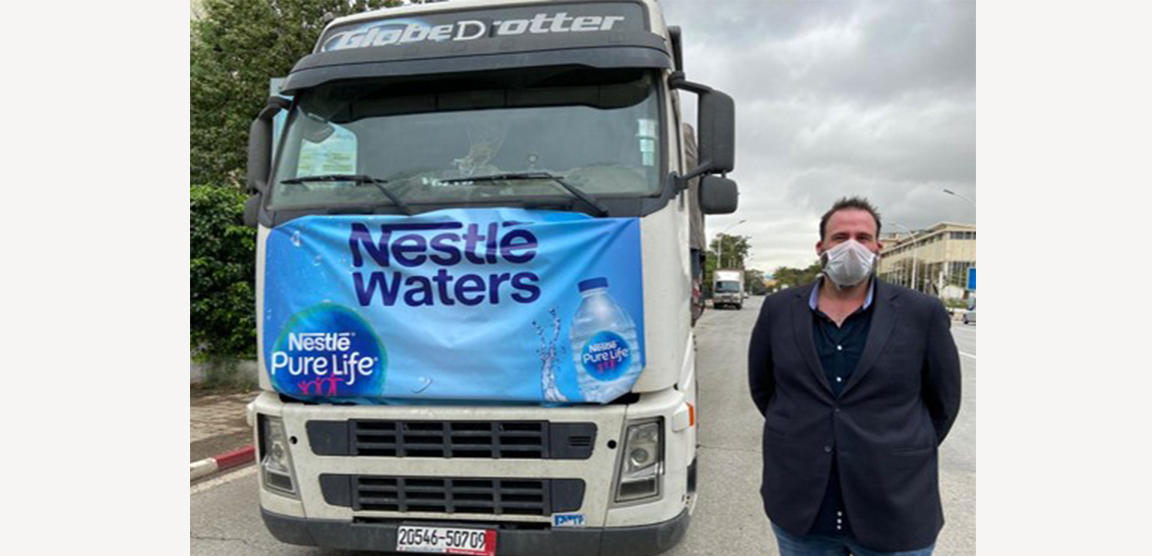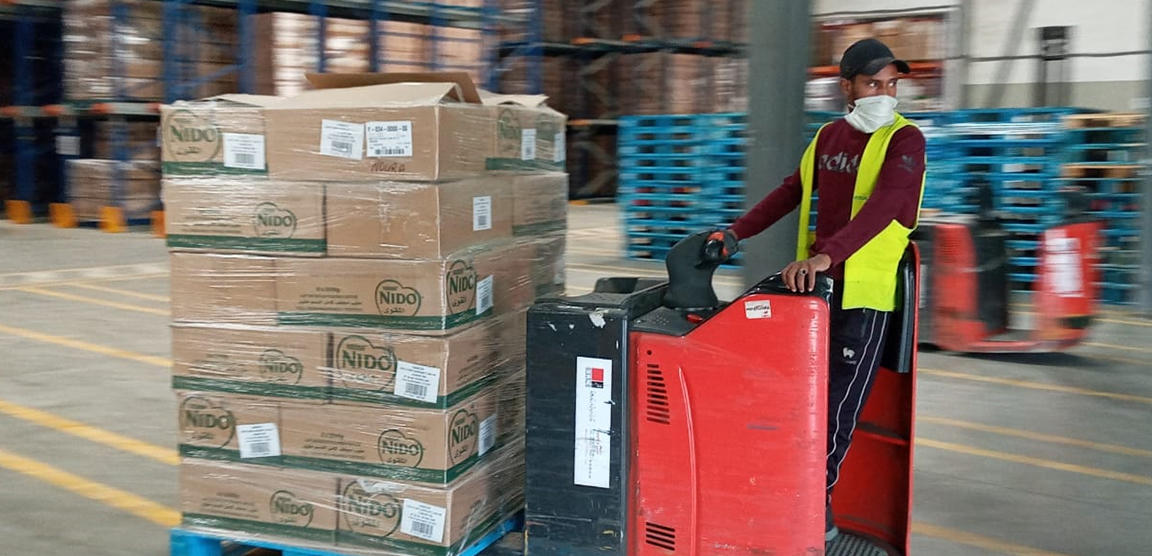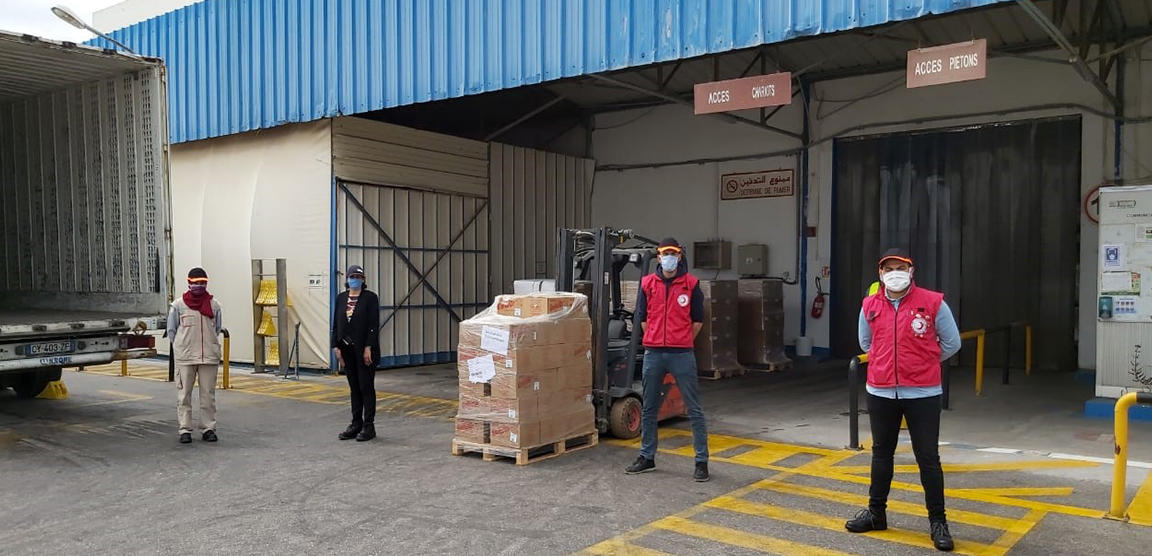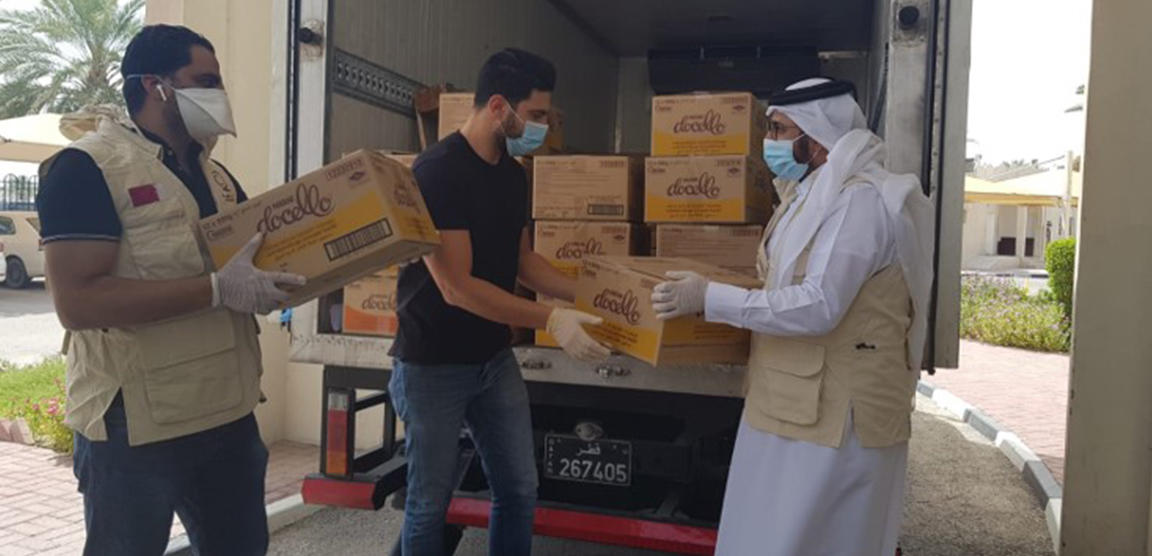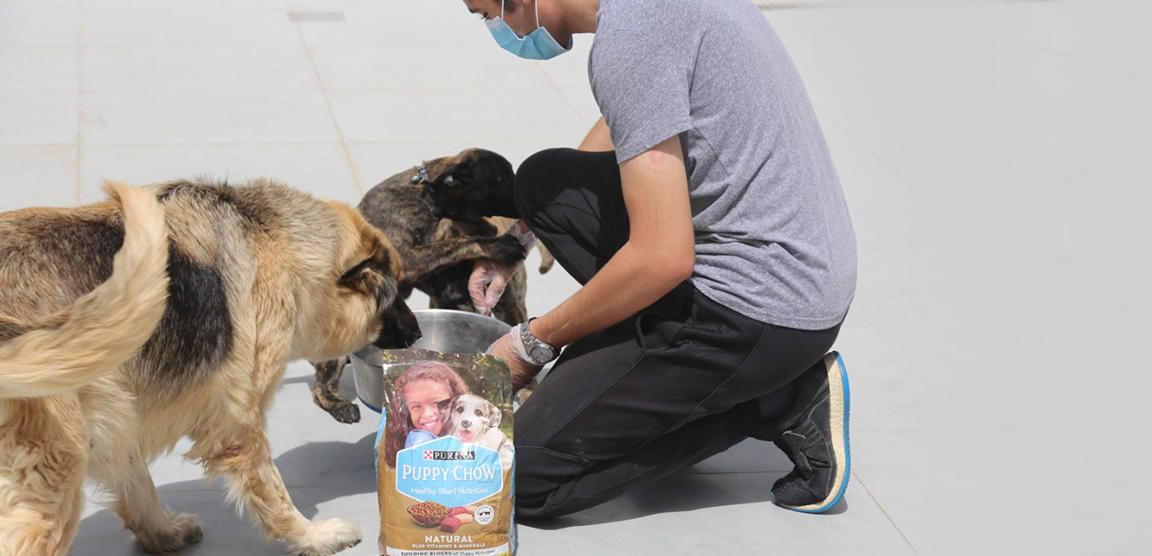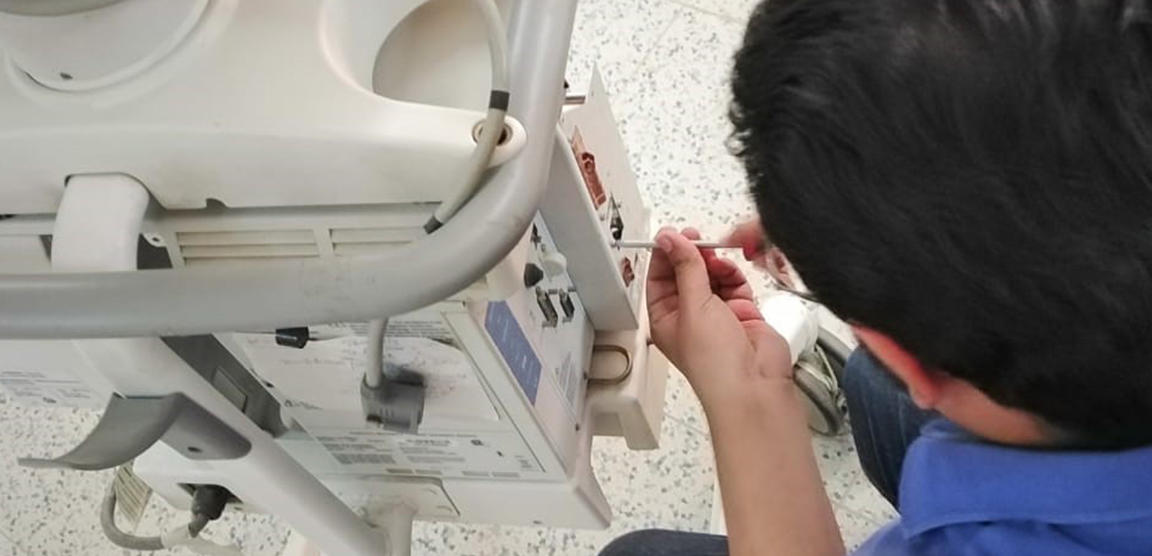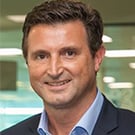يُعد تغيّر المناخ أحد أكبر التحديات التي يواجهها المجتمع. كما أنه أحد أكبر المخاطر على مستقبل أعمالنا ونحن نعمل نحو تحقيق صافي انبعاثات صفرية في أعمالنا وسلاسل التوريد الخاصة بنا.
لماذا نهتم بتحسين كفاءة المنظومة الرقمية لشركة Nestlé
لاستضافة مواقعنا الإلكترونية، تستخدم Nestlé خوادم تستهلك الطاقة للتشغيل وتزوّد المستخدمين بإمكانية الوصول إلى الصور ومقاطع الفيديو والنصوص. الطاقة لازمة أيضًا لعرض المحتوى وتنزيله.
يُعد استخدام الأجهزة للوصول إلى الإنترنت نشاطًا يوميًا، ولا يفكر الكثير منا في حقيقة أن ذلك يولّد انبعاثات غازات الاحتباس الحراري. مع أكثر من 70 موقعًا إلكترونيًا للشركة، يمكن أن تساعد التغييرات التي نُجريها لتحسين كفاءة الطاقة في أصولنا الرقمية في تقليل الانبعاثات.
ما التحسينات التي نُجريها على المواقع الإلكترونية لشركة Nestlé؟
منذ عام 2021، عملنا على ضمان أن أي تحسينات على المواقع الإلكترونية لشركة Nestlé تستخدم مبادئ تأخذ في الاعتبار بصمتها الكربونية. وهذا يتضمن:
تحسين الأداء
نقوم بتنفيذ استراتيجيات تخزين مؤقت فعالة وتحسين سرعة الصفحات لتحسين أداء مواقعنا الإلكترونية. وهذا يعني تقليل حجم الصور وملفات PDF الخاصة بنا، ومن ثمّ تقليل وقت تحميل الصفحات واستخدام الطاقة المطلوبة. في الوقت نفسه، يجب أن نضمن أن أي صور ومقاطع فيديو يتم استخدامها على مواقعنا يتردّد صداها مع الرسائل الموجودة على الصفحة وتخدم غرضًا معينًا. نريد أن نوفّر للمستخدمين تجربة تصفح أسرع وأكثر سلاسة، مع تحسين استخدام الطاقة دائمًا.
البنية ورحلة المستخدم
نعمل بانتظام على تجديد الأقسام المختلفة للمواقع الإلكترونية لشركة Nestlé لإنشاء رحلة مستخدم أكثر سهولةً وكفاءة. و نعمل على تبسيط التنقل، وإنشاء ربط متبادل أفضل، وتحسين وظائف البحث الداخلي لدينا، وتحسين عوامل التصفية. تساعد كل هذه الإجراءات جمهورنا على العثور بسرعة على المعلومات التي يبحثون عنها، ومن ثمَّ تقليل الوقت الذي يقضونه على الموقع، وفي النهاية تقليل استخدام الطاقة.
تحسين المحتوى
نقوم بانتظام بمراجعة بيانات موقعنا الإلكتروني لتحديد طرق أخرى لتحسين المحتوى الذي ننشره. على سبيل المثال، من خلال إضافة الكلمات الرئيسية ذات الصلة التي يبحث عنها مستخدمونا، يمكن العثور على المحتوى بسهولة أكبر في محرك البحث. إذا كان جمهورنا يقضي وقتًا أقل في البحث، فستكون هناك حاجة إلى طاقة أقل.
الوضع الداكن
يوفر الوضع الداكن للمستخدمين المرونة في الاختيار بين النسقين الفاتح والداكن. يتيح استخدام الوضع "الداكن" للمستخدمين تقليل استهلاك الطاقة على الأجهزة المزودة بشاشات من نوع OLED أو AMOLED. يتميز الوضع الداكن أيضًا بسهولة أكبر في الوصول إليه ويوفر للعديد من المستخدمين تجربة تصفح محسّنة.
القياس
نعمل على نموذج قياس لتقدير بصمتنا الكربونية بدقة عبر المنظومة الرقمية لشركة Nestlé بأكملها. نعمل على تطوير نهج قوي يشمل جوانب مختلفة، تتناول شركاء الاستضافة والتصميم والتطوير. نرغب في بناء فهم شامل لتأثيرنا وكيف يمكن للإجراءات المختلفة الموضحة أعلاه أن تساعدنا في معالجته.
هل سيؤثر ذلك على كيفية استخدام جمهورنا لمواقعنا الإلكترونية؟
سوف يكون للتغييرات التي نجريها لتقليل بصمتنا الكربونية الرقمية تأثير إيجابي على تحسين محركات البحث وإمكانية الوصول وجعل رحلة المستخدم أكثر سلاسةً، لذلك يجب أن تعمل بشكلٍ عام على تحسين تجربة المستخدم وكذلك تحسين استخدام الطاقة.
نساهم في تقليل فجوة الدخل المعيشي في مجتمعات زراعة الكاكاو
تواجه المجتمعات القائمة على زراعة الكاكاو تحديات هائلة تتنوع بين انتشار الفقر في المناطق الريفية، والمخاطر المناخية المتزايدة، وصعوبة الوصول إلى الخدمات المالية والبنية التحتية الأساسية مثل المياه والرعاية الصحية والتعليم.
ويمكن لهذه العوامل أن تتسبب بمشاكل اجتماعية منها انتشار عمالة الأطفال في المزارع العائلية. ومن خلال مساعدة العائلات على تقليل فجوة الدخل المعيشي وتوفير الحماية للأطفال، يهدف هذا البرنامج إلى معالجة مخاطر عمالة الأطفال.
يهدف برنامج تسريع الدخل من نستله إلى تحسين حياة العائلات العاملة في زراعة الكاكاو. ويكافئ البرنامج العائلات العاملة في زراعة الكاكاو لقاء كمية وجودة حبوب الكاكاو التي تنتجها، إضافة إلى الفوائد التي يقدمونها للبيئة والمجتمعات المحلية، كما أن منهجيتنا الشاملة تهدف إلى إحداث تأثير طويل الأمد من خلال تشجيع التحاق الأطفال بالمدارس تزامناً مع تعزيز ممارسات الزراعة التجديدية والمساواة بين الجنسين. وسيعمل البرنامج على مكافئة الممارسات التي تسهم في تعزيز إنتاجية المحاصيل وتأمين مصادر دخل إضافية، والتي من شأنها تقليل الفجوة في الدخل المعيشي وتوفير الحماية للأطفال.
أمثلة عن الممارسات التي تعتزم نستله مكافأتها بالحوافز المالية:
- التحاق جميع أطفال الأسرة من سن 6 إلى 16 عاماً بالمدارس؛
- تبني الممارسات الزراعية الجيدة التي تعزز إنتاجية المحاصيل مثل التقليم؛
- دعم أنشطة زراعة الأحراج لتعزيز القدرة على التكيف مع المناخ، مثل زراعة أشجار الظلال؛
- توليد مصادر متنوعة للدخل، مثل زراعة محاصيل أخرى أو تربية الماشية مثل الدجاج أو تربية النحل أو تصنيع المنتجات من أشجار أخرى مثل البفرة (الكسافا).
وتشكل هذه الحوافز جزءاً رئيسياً من الدعم الحكومي الذي تقدمه ساحل العاج وغانا والدفعات التي تقدمها نستله ثمناً للكاكاو الذي تحصل عليه من مصادر معتمدة.
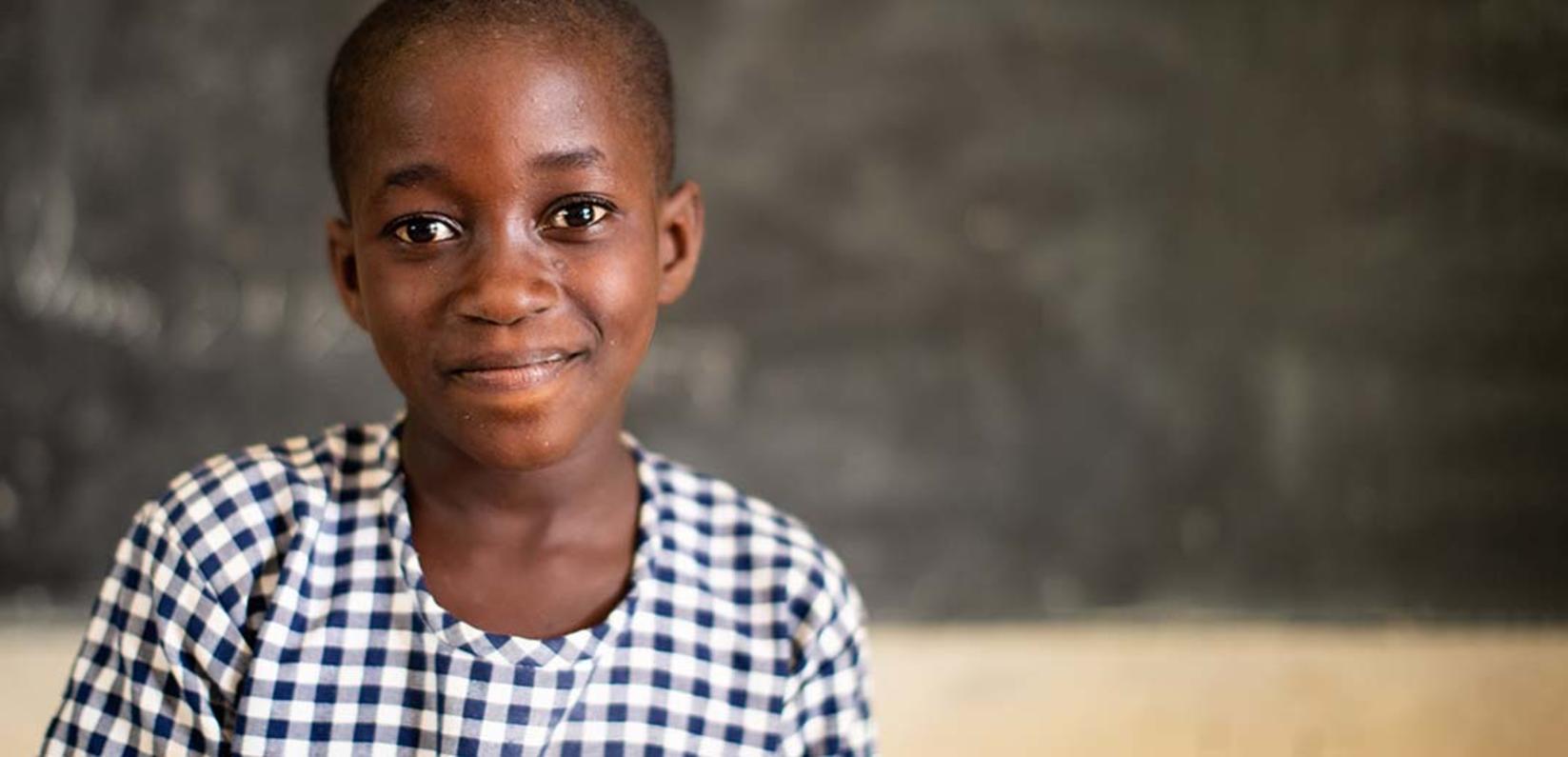
ساهمت جهود نستله في مساعدة الكثيرين على مدار سنوات طويلة، لكن ذلك لا يكفي، بل إننا نعمل على إطلاق منهجية شاملة لتشجيع الأطفال على الالتحاق بالمدارس وتسريع دخل المزارعين ودعم الأسر.
يعتمد البرنامج على جهودنا المتواصلة منذ عشرين عاماً وأكثر لتحسين حياة صغار المزارعين في سلاسل توريد الكاكاو الخاصة بنا عبر "خطة نستله للكاكاو". وتسهم الدروس والجوانب التي تعلمناها من هذا البرنامج في توجيه منهجيتنا الحالية، مع التركيز على المبادرات التي أثبتت قدرتها على إحداث تأثير إيجابي يشمل الأسر العاملة في زراعة الكاكاو وتقليص مخاطر عمالة الأطفال.
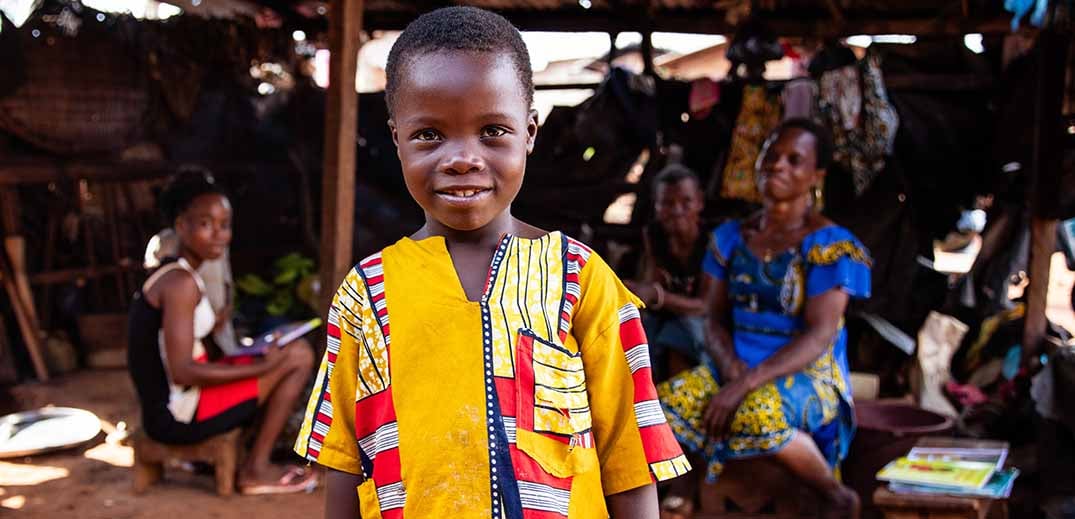
وبينما نواصل جهودنا لتعزيز استدامة إنتاج الكاكاو، نعتزم استثمار 1.3 مليار فرنك سويسري بحلول عام 2030، لنضاعف بذلك استثماراتنا السنوية بواقع أكثر من ثلاثة أضعاف.
توسيع نطاق برنامج تسريع الدخل ليشمل 160 ألف أسرة تعمل في زراعة الكاكاو
انطلق برنامج تسريع الدخل كبرنامج تجريبي أولي بمشاركة 1000 من مزارعي "خطة نستله للكاكاو" في ساحل العاج عام 2020، وسيتم توسيع نطاق البرنامج على مدار العقد المقبل، بالاعتماد على أنشطة التقييم المستمر والدروس المستفادة. وبحلول عام 2030، نطمح للوصول إلى جميع العائلات العاملة في زراعة الكاكاو ضمن سلسلة توريدنا العالمية.
خلال أول عامين من البرنامج، يمكن للعائلات العاملة في زراعة الكاكاو كسب حتى 500 فرنك سويسري على شكل مكافآت مباشرة سنوياً من خلال المشاركة في البرنامج وبلوغ الأهداف المحددة. وبالتوازي مع زيادة دخل المزارعين من مصادر إضافية وتحقيقهم لعوائد أفضل، سيستقر الحافز النقدي المقدم عند 250 فرنك سويسري.
ويقدم برنامج تسريع الدخل حوافز نقدية مباشرة للمزارعين عبر خدمة تحويل آمنة على الهواتف المتحركة. ويتم تقسيم الحوافز النقدية بالتساوي بين رب الأسرة والزوجة بهدف تعزيز المساواة بين الجنسين والتشجيع على تقاسم المسؤوليات المالية وبناء أسر أكثر مرونة.
في ذات الوقت، نعمل على إعادة تصميم عمليات التوريد لفصل وتتبع جميع منتجات الكاكاو من المزرعة إلى المصنع، الأمر الذي يسهل بدوره تحقيق مستويات أعلى من الشفافية على مستوى سلسلة التوريد.
ونهدف لإحداث تغيير دائم ونقلة نوعية على صعيد كيفية قيامنا بتوريد الكاكاو، الأمر الذي يمكننا من تحقيق إمكانية التتبع والفصل الكامل لمنتجات الكاكاو، من المزرعة إلى المصنع، خلال السنوات الخمس المقبلة.
ومن شأن هذه الخطوات أن تعزز المساءلة والشفافية في سلسلة التوريد، سواء على المستوى الداخلي أم على مستوى القطاع، بالتوازي مع منح المستهلكين قدرة معززة على تتبع مصادر المكونات التي يستخدمونها. وينطوي هذا الأمر على أهمية بالغة على صعيد معالجة مخاطر عمالة الأطفال في إنتاج الكاكاو بصورة فعالة.
معلومات ذات صلة
-
كيف يمكن للدخل المعيشي أن يساعد على إعادة تشكيل قطاع زراعة الكاكاو 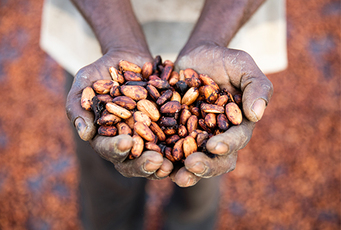
-
معالجة عمالة الأطفال نظام "نستله" لمعالجة عمالة الأطفال يحقق النتائج المأمولة، ونعمل في الوقت الراهن على توسيع نطاقهاقرأ المزيد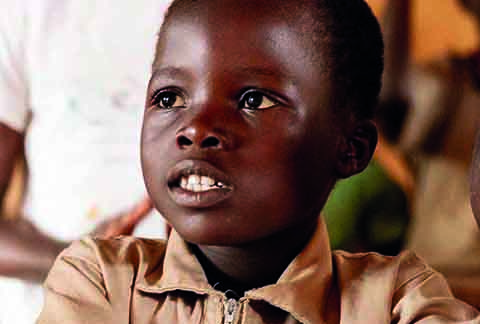
-
زراعة أفضل من أجل مستقبل أفضل مهندس زراعي من "نستله" يمكَن مزارعي الكاكاو من تحقيق أقصى فائدة ممكنة من محاصيلهماقرأ المزيد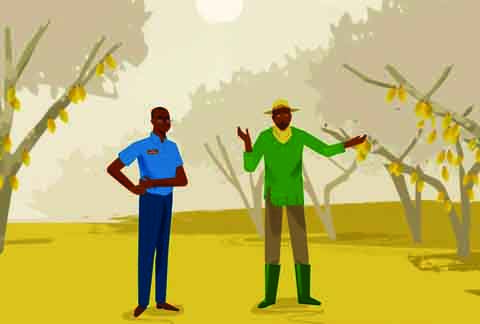
-
انتقال عادل يناقش مارك شنايدر، الرئيس التنفيذي لشركة "نستله"، مسألة تبني منهجية جديدة عبر سلسلة القيمة الخاصة بالشركةاقرأ المزيد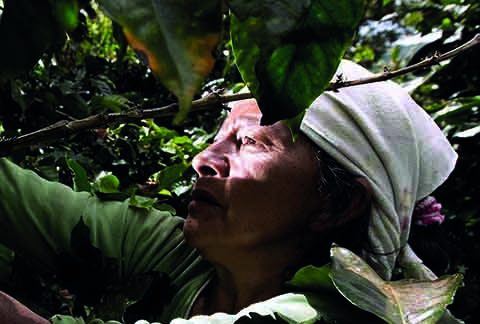
عناوين مهمة أخرى
جائزة نستله CSV
The Nestlé CSV Prize 2020-2021, in partnership with Ashoka, was entitled 'How do we create a waste-free future?'. We are identifying innovative solutions that contribute to our vision that none of our packaging, including plastics, ends up in landfill or as litter.
From reuse and refill systems, through recycling innovations, to behavior change initiatives, we welcomed entries from around the globe that aligned with our actions to tackle plastic waste.
We launched the Nestlé CSV Prize 2020-2021 in September 2020, receiving entries from 173 applicants. Over the next 10 months, each application was reviewed by Nestlé packaging experts.
Ten finalists have been selected based on their potential for positive impact for a waste-free future and for collaboration with Nestlé. From these, the winner(s) will be chosen by the Nestlé CSV Council and announced on July 5.
All finalists benefit from Ashoka's online resources and workshops, as well as a mentoring program, to explore potential for collaboration with Nestlé. Additionally, the winner(s) receive(s) a cash prize up to CHF 250 000. Through this financial investment and technical resources, innovators can amplify their impact, scaling up solutions to achieve potentially global change.
Guatemala: Uplifting people with disabilities through recycling with Circulo
The problem: In Guatemala, people face two key problems – low quality of life for people with disabilities and a rising burden of single-use plastic pollution.
The solution: Circulo collects and processes waste materials, upcycling them into new products. These products are then sold, with profits funding health treatments and employment opportunities created for people with disabilities.
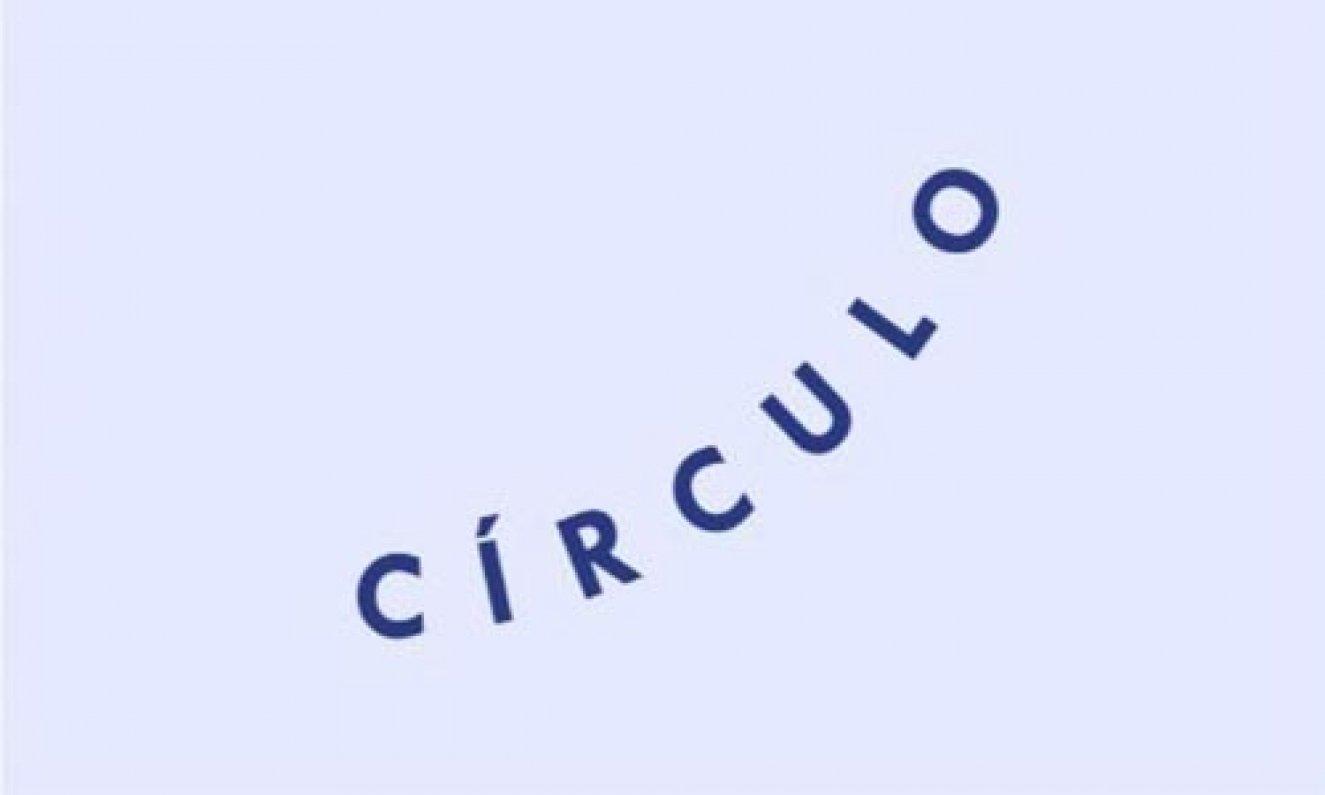
Mexico: Establishing community recycling with Promesa
The problem: While over 53 million tons of waste is produced in Mexico annually, the country is ill-equipped for recycling. This is compounded by lack of environmental education.
The solution: Through a comprehensive education program, Promesa is enabling companies, schools and households to develop self-sustaining community recycling schemes.
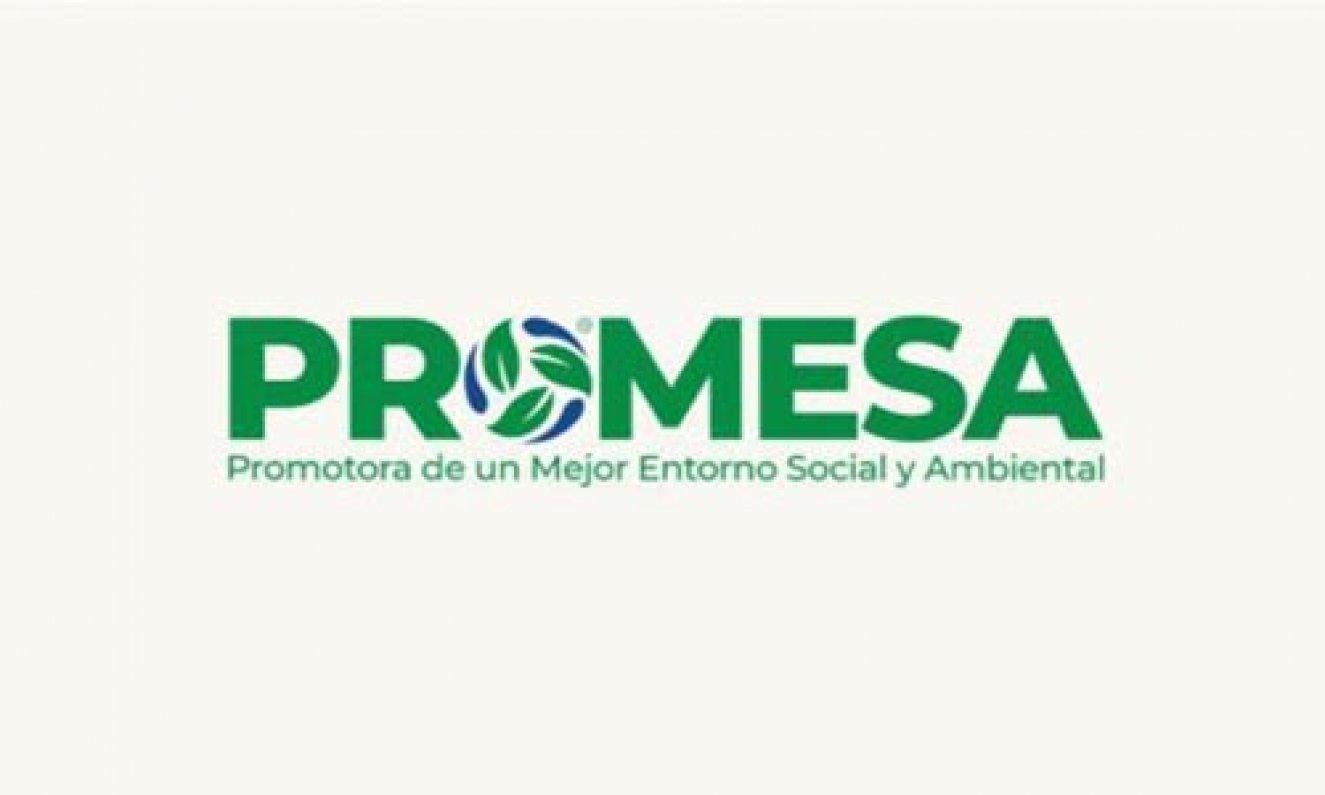
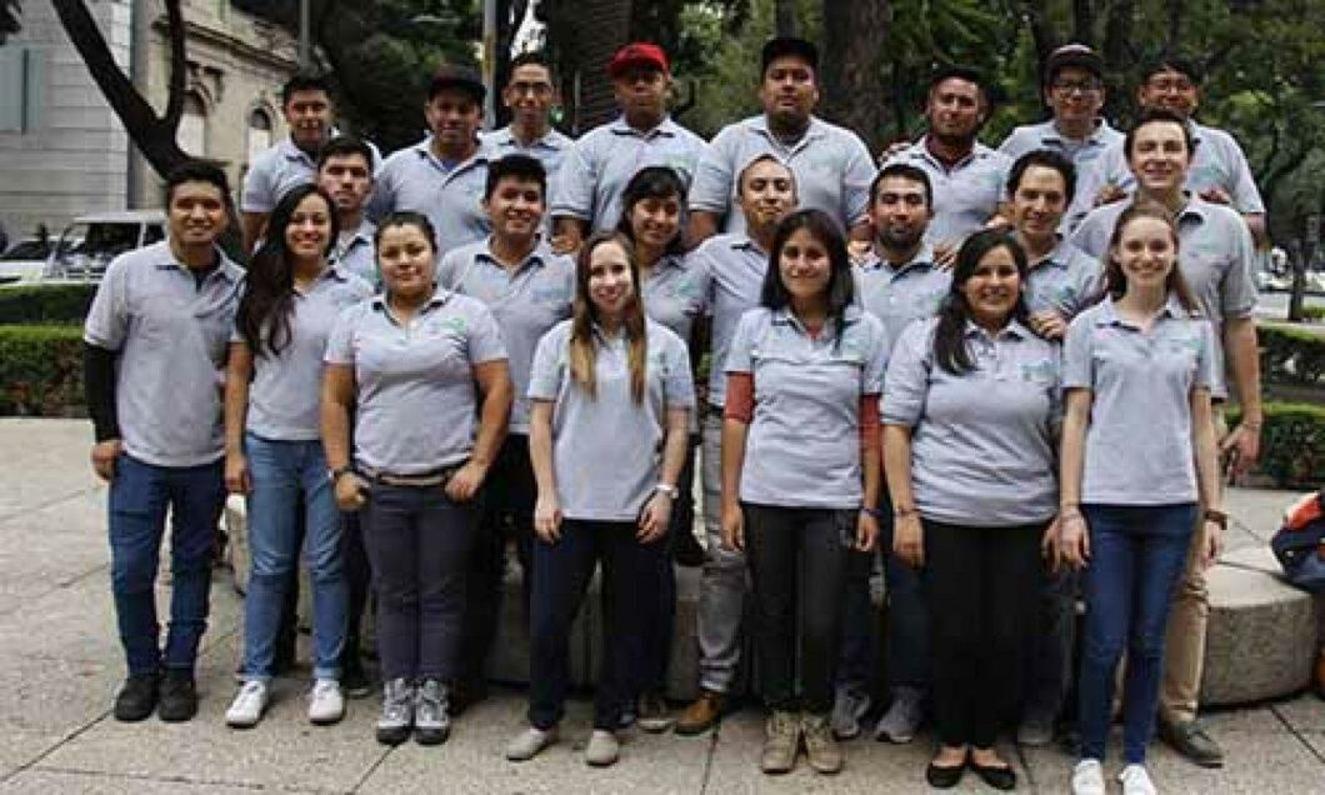
USA: Enabling transitions to reusable packaging with Vessel
The problem: Single-use disposable packaging is a significant contributor to the global waste crisis. However, while better for the planet, reusables still pose challenges in the form of more complex asset tracking, re-collection and washing.
The solution: Vessel harnesses Internet of Things (IOT) technology and expert reverse logistics knowledge to support companies in transitioning to reusable foodware and packaging.
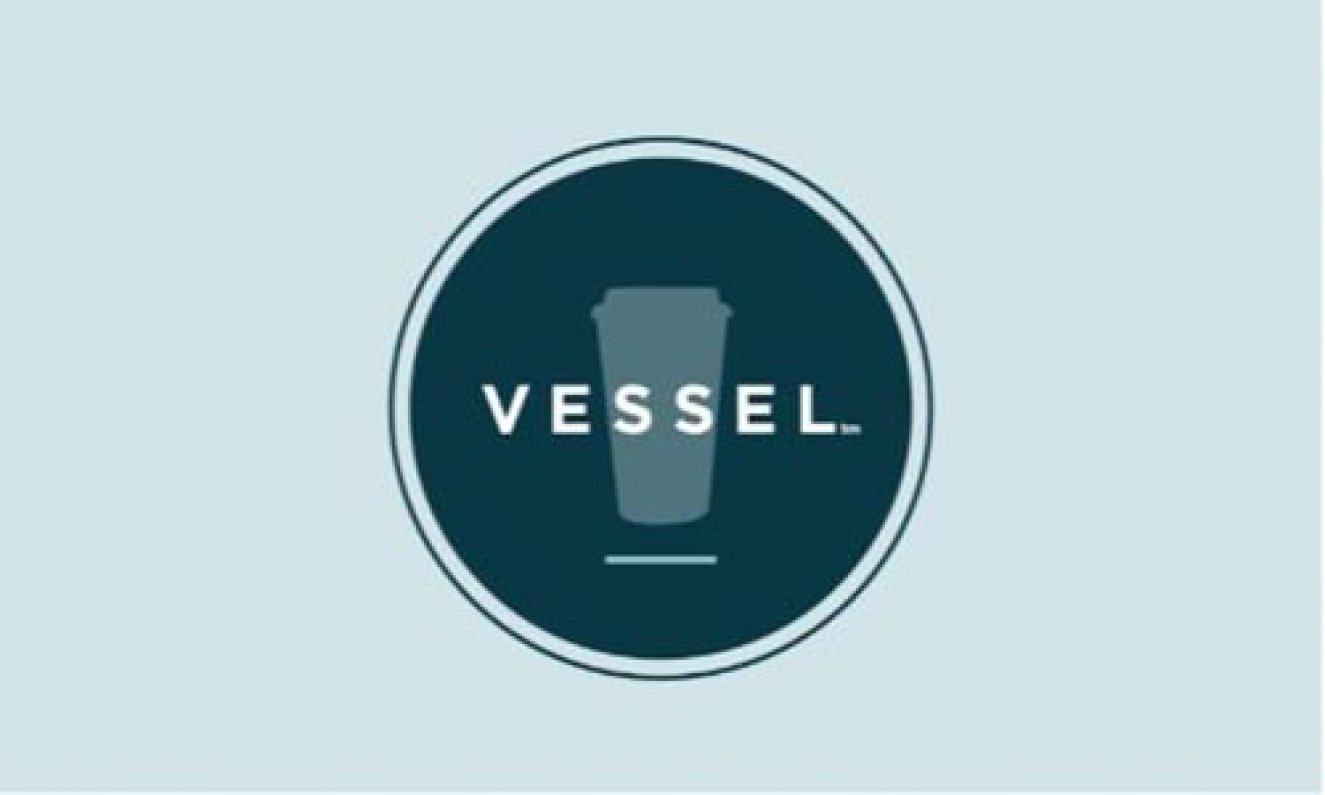
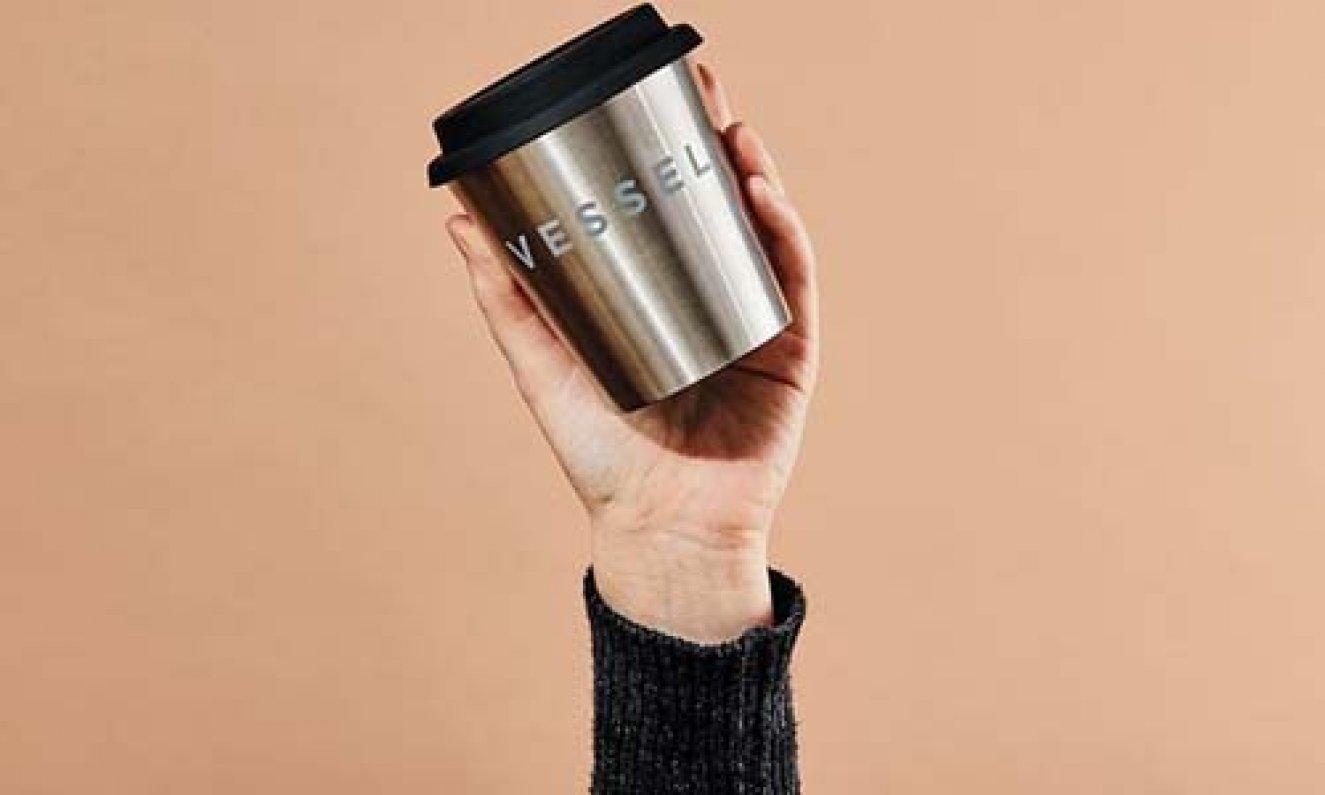
Canada: Engaging the public in circularity with Planet Protectors
The problem: People know change is required to protect the planet. However, existing programs, which rely solely on sharing information rather than appealing to our emotions, are ineffective.
The solution: Planet Protectors is developing a mobile game to encourage children to adopt a circularity mindset and make reducing waste a fun and collaborative activity.
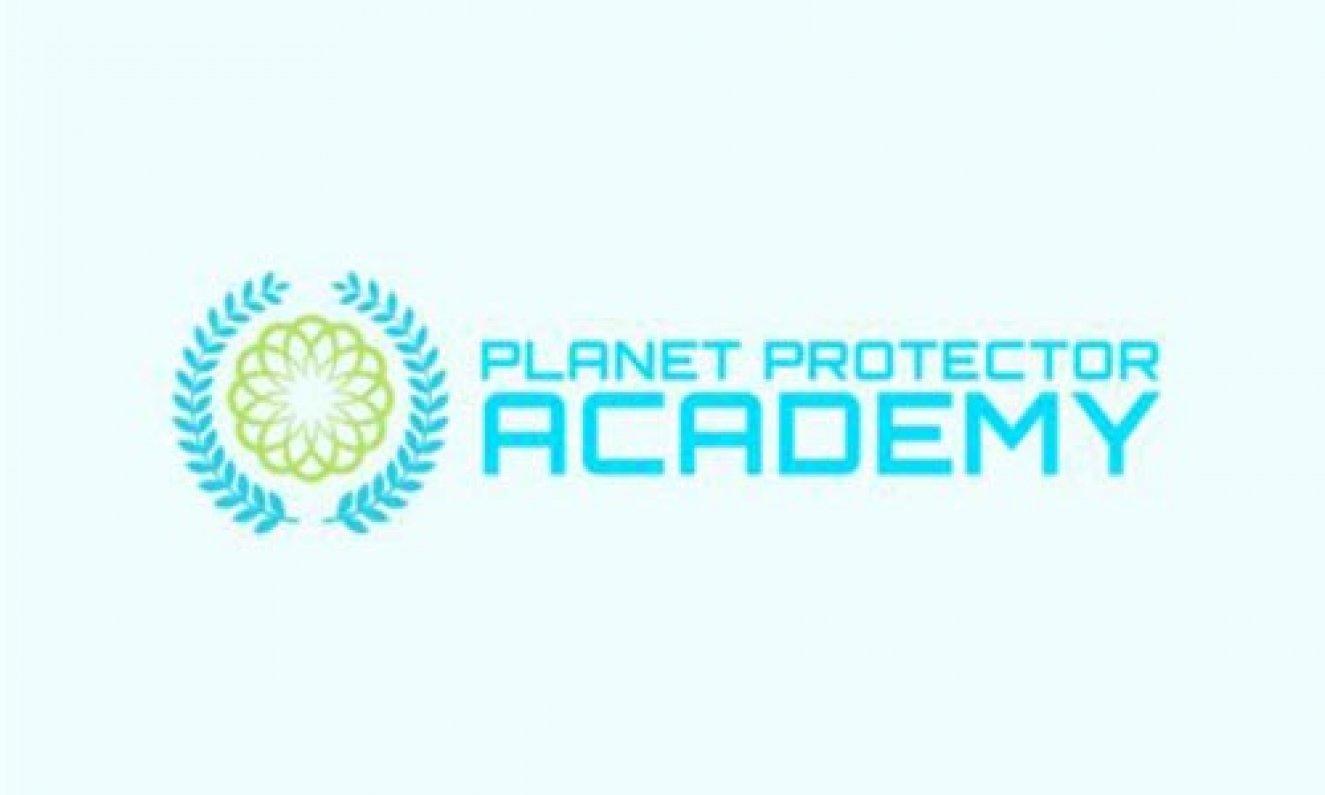
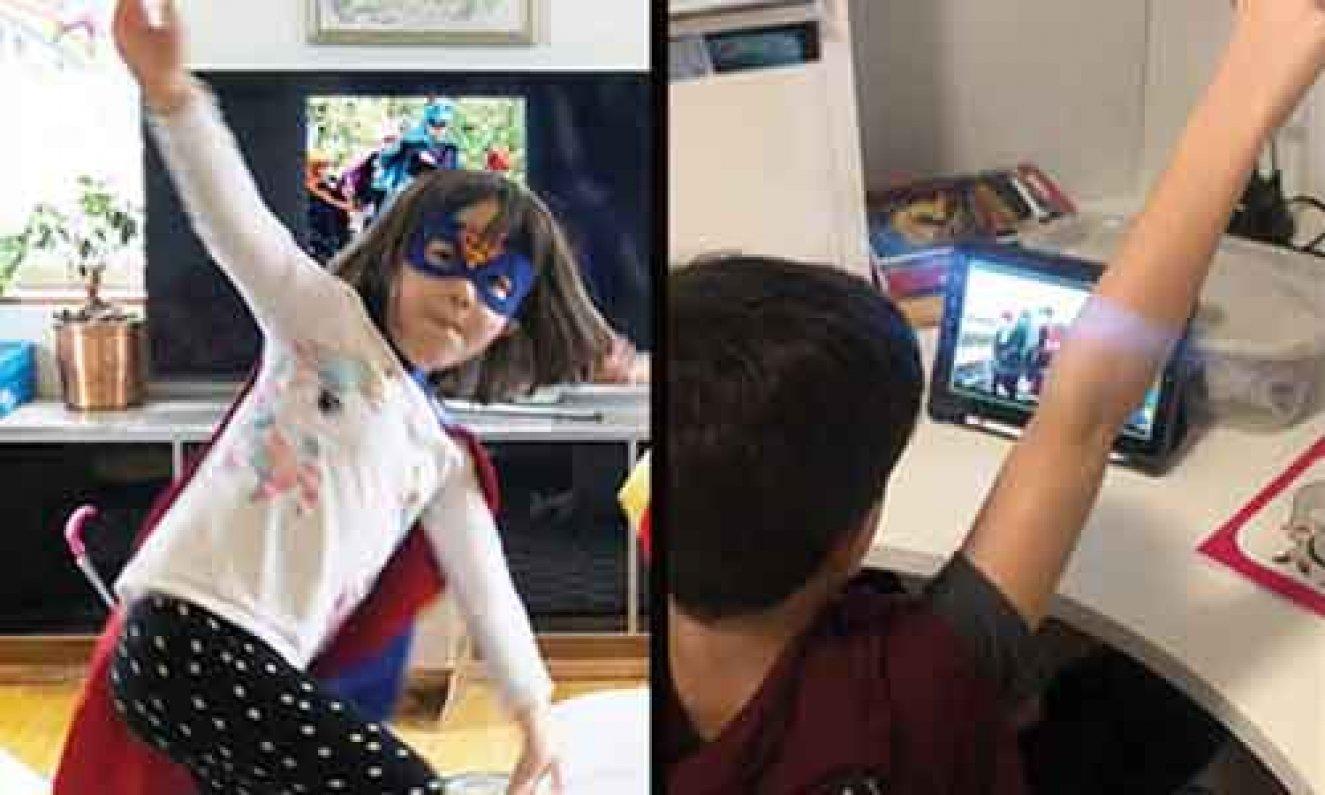
France: Enabling a transition to renewables with Pandobac
The problem: In France, single-use disposable packaging for food transportation and distribution ends up mostly incinerated, as landfill waste or pollution.
The solution: Pandobac provides solutions for implementing reusable packaging systems. Consultancy services help companies explore packaging issues, calculate financial implications and identify the best reusable options. Pandobac also rents reusable crates, which are tracked and washed to ensure reuse.
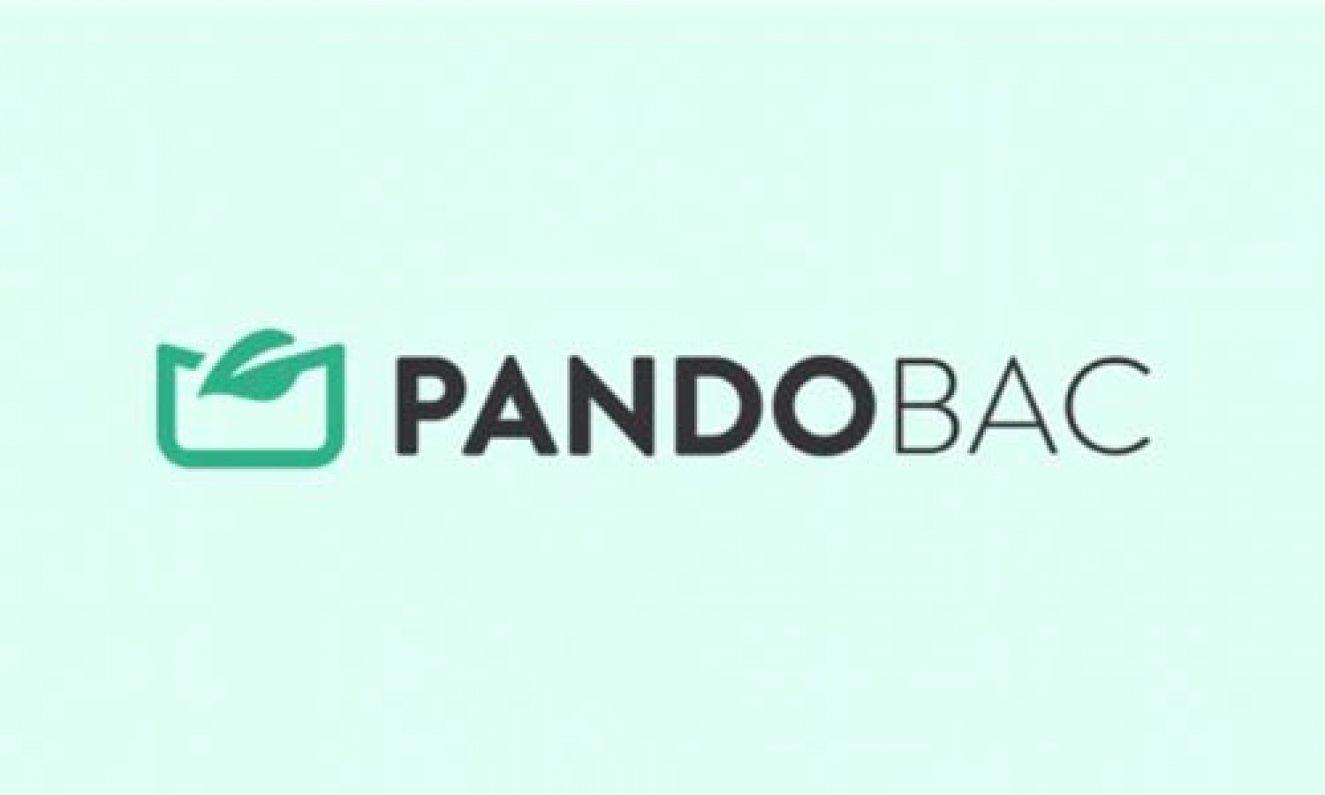
Lebanon: Removing barriers to recycling with Live Love Recycle
The problem: For years, Lebanon has lacked efficient waste management, with no government strategy to reduce production and no incentive for consumers to recycle. The result is that many natural spaces are now saturated with waste.
The solution: Live Love Recycle has created an app that offers on-demand recycling collection services, removing a barrier to sustainable waste management.
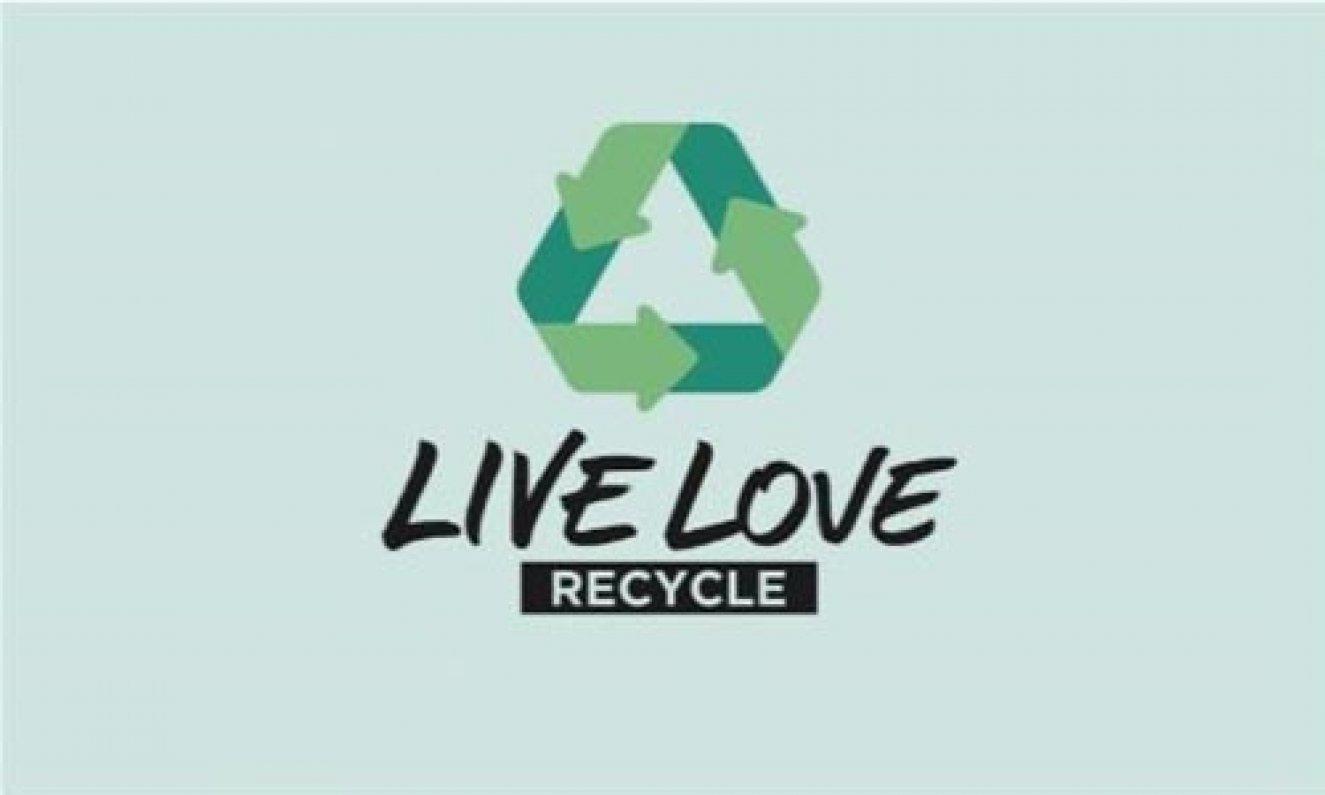
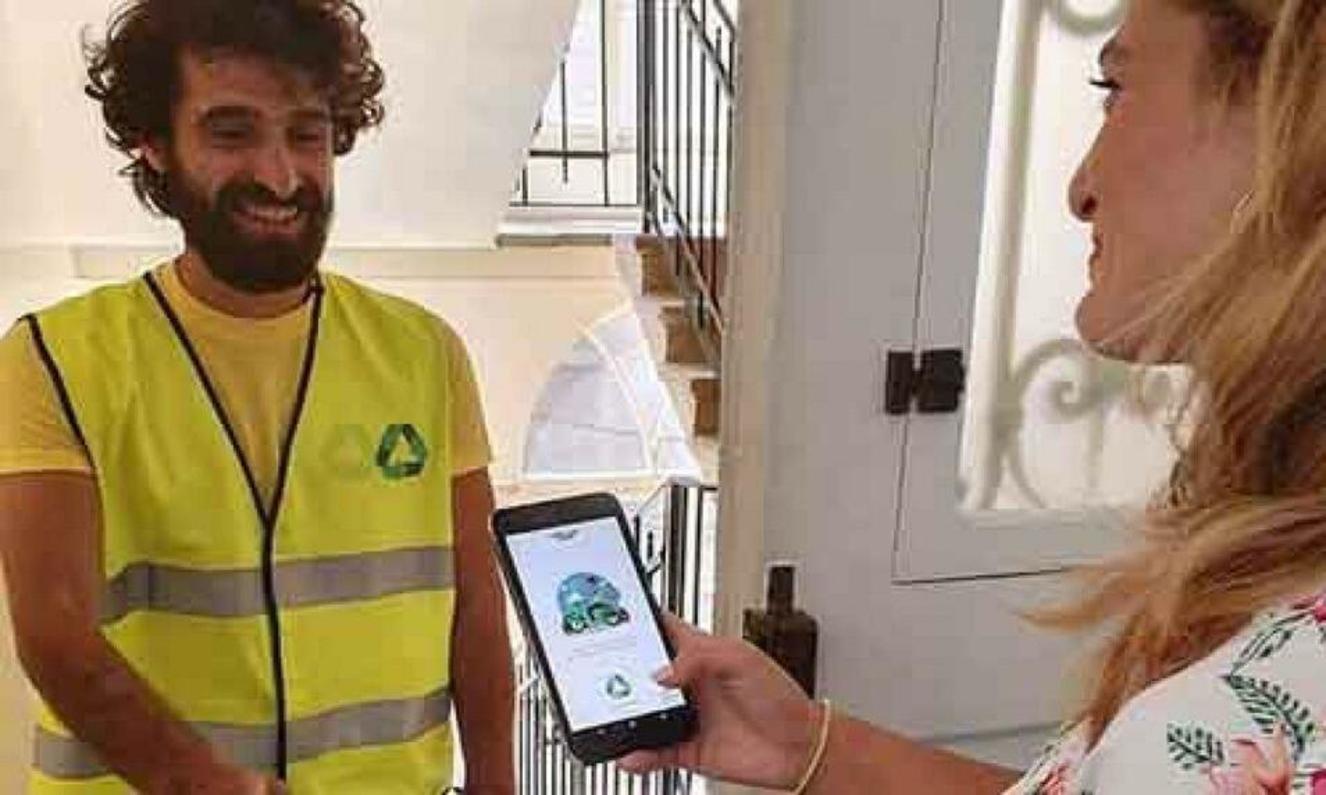
Tanzania: Upcycling to support people and the planet with EcoAct
The problem: EcoAct is addressing plastic waste, deforestation and climate change, as well as social problems including slum proliferation and barriers to health facilities for lower income families.
The solution: EcoAct transforms plastic waste into durable timbers for construction. This affordable alternative to wood reduces deforestation and climate change impacts. Through the Garbage Medical Insurance project, families living in slums can exchange plastic waste for medical health insurance coverage.
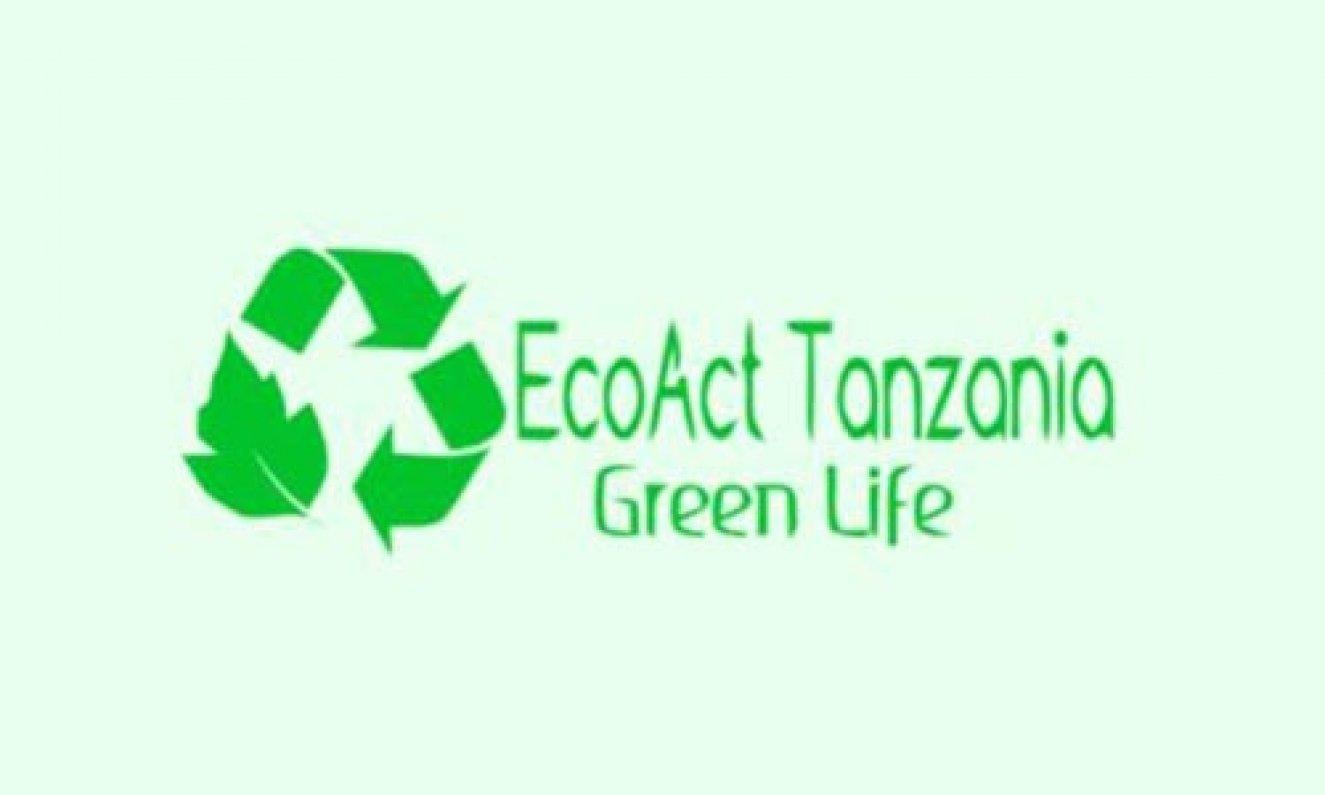

South Africa: Digitizing the recycling supply chain with Kudoti
The problem: USD 120 billion worth of waste plastic material is lost every year due to supply chain inefficiencies, preventing it from being recovered and reused.
The solution: The Kudoti platform is a digital network of recycling stakeholders, empowering a range of organizations - from recyclers and brands to local-level aggregators and collectors - to buy and sell recovered waste resources in a profitable, traceable manner.
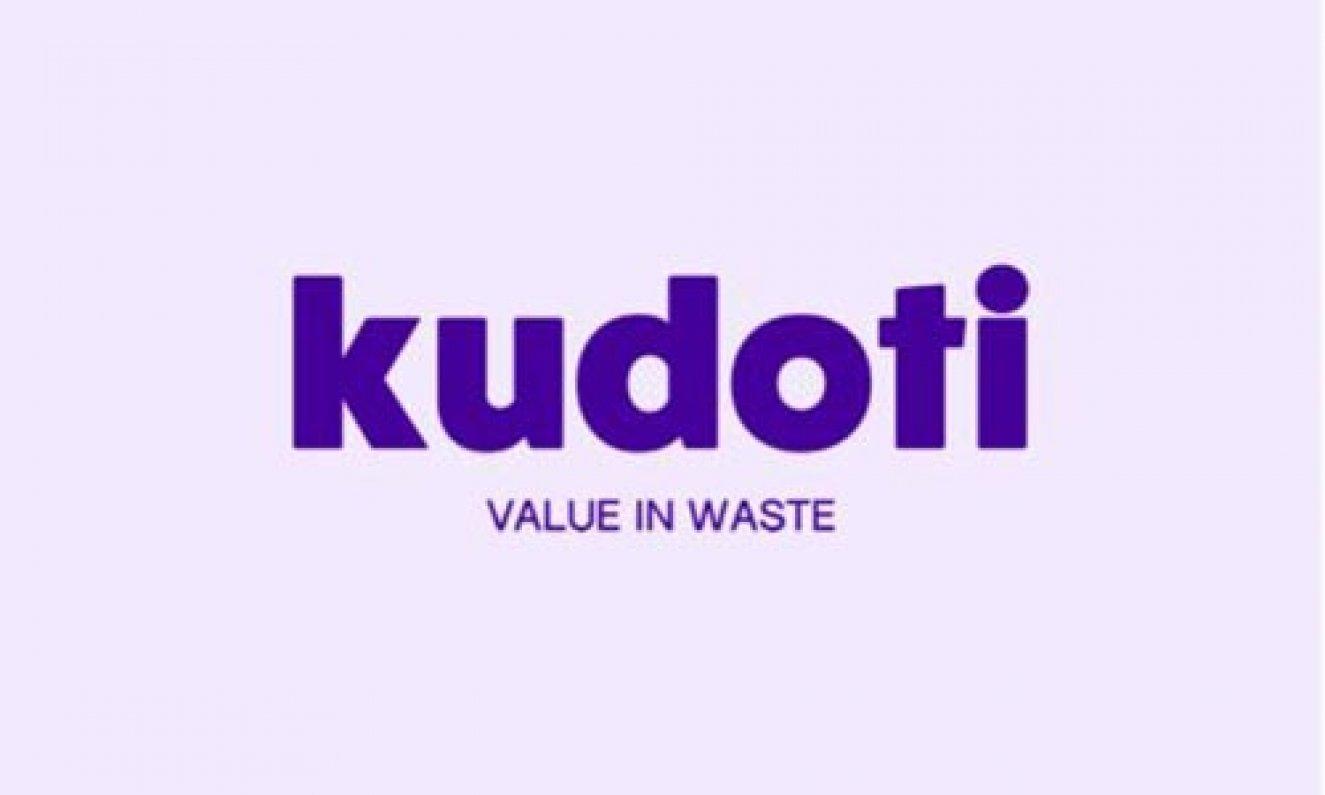
Singapore: Closing the loop on waste with RecyGlo
The problem: Less than 20% of waste produced in Southeast Asia is extracted for recycling, reuse or composting. Half of it leaks into waterways while the rest is sent to landfill.
The solution: RecyGlo has developed a B2B closed-loop platform through which it facilitates refill stations for everyday products, door-to-door delivery for business and households, and collection services for plastic waste.
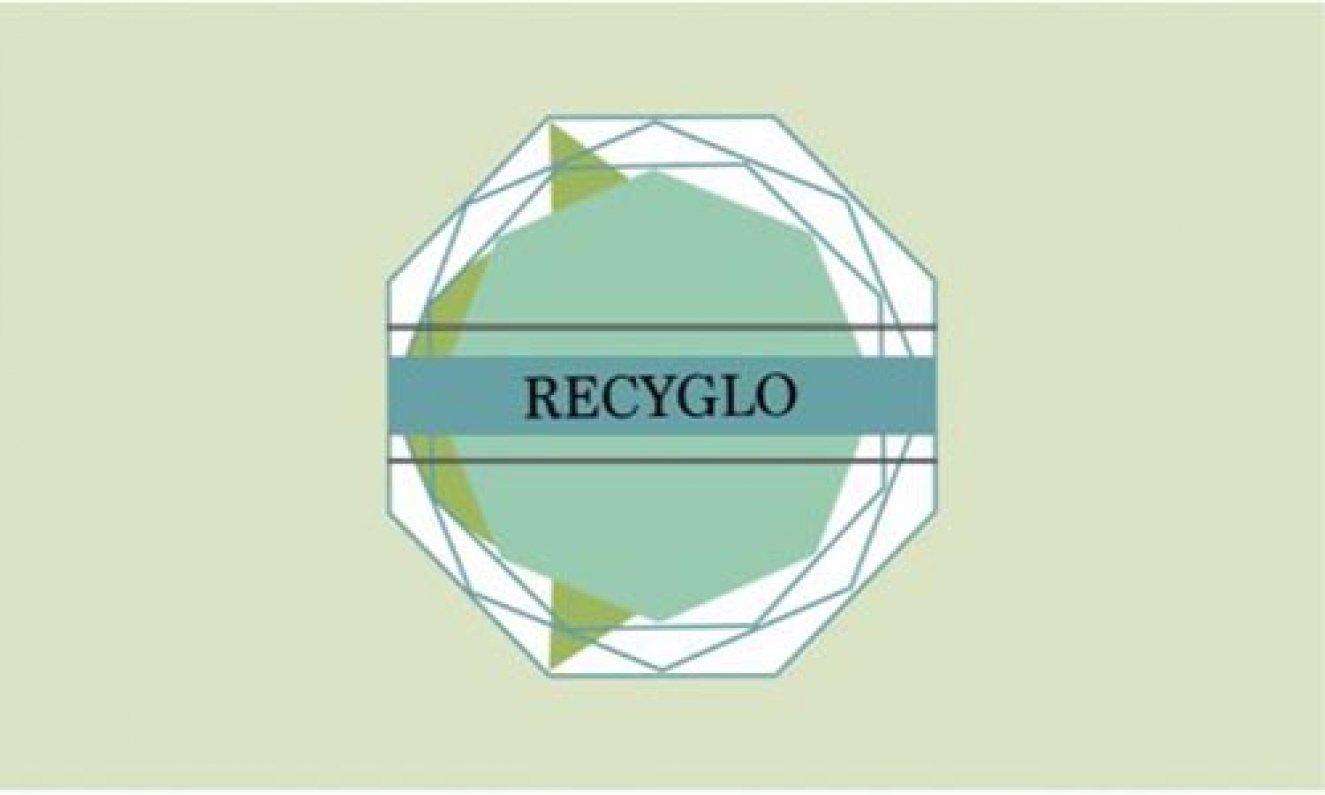
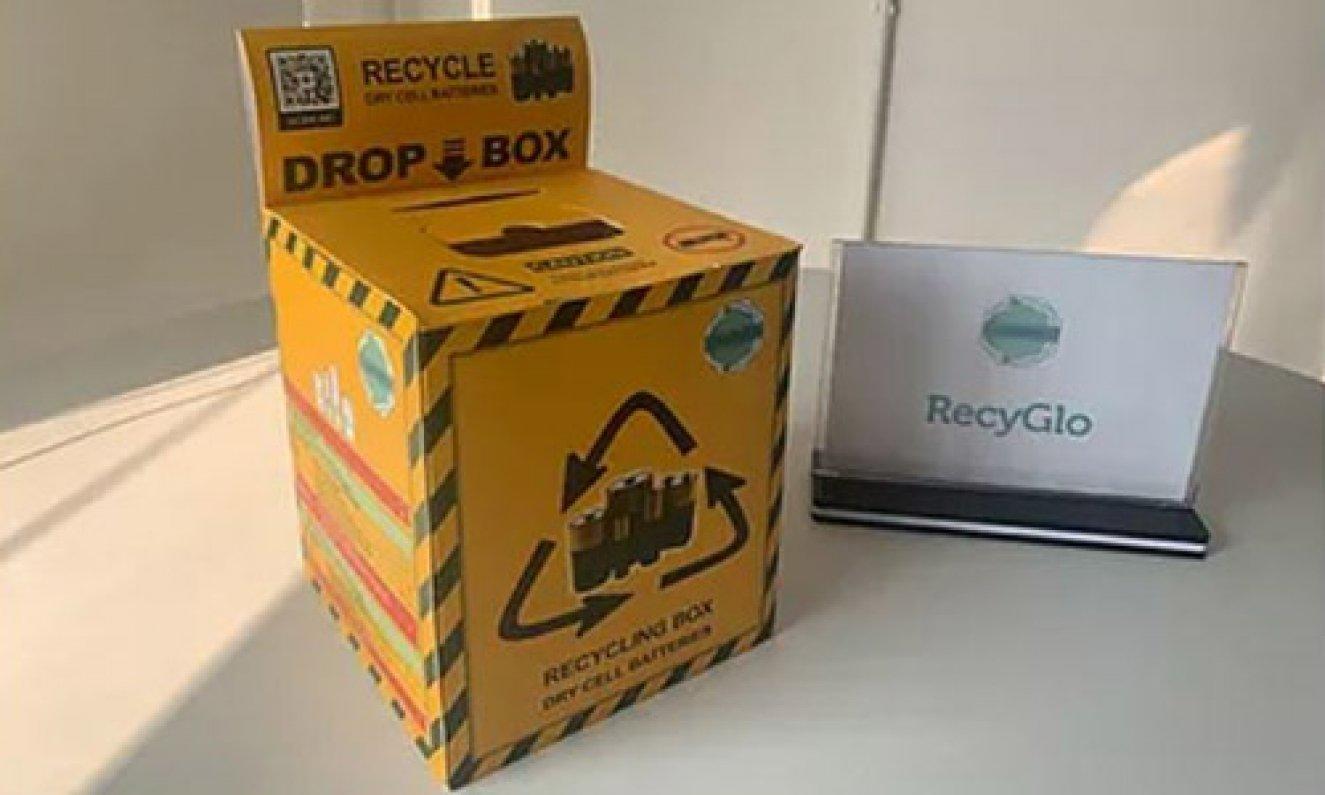
India: Giving plastics a second life with Ricron Panels
The problem: Mixed plastic waste and multi-layer plastics are not easily recycled and are instead sent to landfill or incinerated for energy recovery. The majority, however, remains uncollected, leaking into oceans, rivers and natural spaces.
The solution: Ricron Panels converts hard-to-recycle plastic waste into sustainable building materials. Ricron is a direct substitute for traditional building materials, such as plywood, metal and cement and can be used in applications from housing and sheds to furniture.

استجابتنا لـ COVID-19
في ظل هذه الأوقات الغير مسبوقة، أصبح هدفنا المتمثل في تحسين جودة الحياة أكثر أهمية من أي وقت مضى. بدأ من سلسلتنا للتوريد إلى مصانعنا وصولاً إلى منازل عملائنا، نواصل العمل على مدار الساعة لضمان استمراريتنا في تلبية الاحتياجات الغذائية للعائلات والحيوانات الأليفة.
ترتكز أولوياتنا على ثلاثة أهداف رئيسية تتمثل في:
1. حماية سلامة وصحة فرق عملنا والمتعاونين معنا وشركائنا والمجتمعات التي نعمل فيها؛
2. ضمان استمرارية الإنتاج وتسليم منتجات الأغذية والمشروبات الأساسية لتلبية الاحتياجات الغذائية للأفراد والأسر؛
3. تعزيز جهود الإغاثة للمجتمعات المحلية والمتخصصين في الرعاية الصحية.
ندعم جهود الإغاثة المحلية بطرق عديدة في جميع أنحاء منطقة الشرق الأوسط وشمال أفريقيا، بما في ذلك التبرع بالأغذية والمشروبات والمياه المعبأة، ومن خلال دعم المؤسسات الطبية وبنوك الطعام ومنظمات توصيل الأغذية.
تأتي سلامة الأفراد و المجتمع على رأس قائمة أولوياتنا. وإن صحة وسلامة موظفينا ال 15,000 في منطقة الشرق الأوسط وشمال أفريقيا وشركائنا والمجتمعات التي نعمل بها، هي في غاية الأهمية بالنسبة الينا. ونعمل بجهد للحفاظ على صحتهم سلامتهم.
بالتعاون مع شركائنا في سلسلة التوريد والتوزيع والتجزئة، نعمل على ضمان توفر الأغذية، والمشروبات، وأغذية الحيوانات الأليفة، والمياه المعبأة في جميع أنحاء المنطقة. ونبقى ملتزمون بضمان استمرار إنتاج وتسليم بضائعنا.
على مدى 154 عامًا، اعتمد علينا المستهلكون وموظفونا وشركائنا في أكثر الأوقات الصعبة. واليوم، نحن هنا، معكم، في محاربة هذا التحدي العالمي بمرونة وشجاعة.
تُمثل جائحة COVID-19 مشكلة عالمية ، وبناءً على ذلك، نقوم بتقديم المساعدة اعتماداً على وجودنا الواسع وخبرتنا في 187 دولة التي نتواجد بها.
تشمل أعمالنا:
المحافظة على صحة وسلامة موظفينا
- إضافة إلى معايير التعقيم والنظافة الصارمة التي نتبناها ، فقد وضعنا إجراءات إضافية تعزز السلامة في مصانعنا ومكاتبنا ومراكز التوزيع التابعة لنا.
- قمنا بتزويد الموظفين العاملين في المكاتب بالمرونة والإعدادات اللازمة للعمل من المنزل كلما أمكن ذلك.
- طلبنا من موظفينا حول العالم عدم السفر بين الدول لأغراض تتعلق بالعمل.
- قدمنا المشورة للموظفين حول سبل تقليص مخاطر العدوى في العمل والمنزل.
- طلبنا من أي موظف يشعر بالأعراض بابلاغ مديره المباشر، والعمل من المنزل لمدة 14 يوماً حيث أمكن ذلك.
- دعمنا موظفينا خلال الأوقات الصعبة ، من خلال توفير إجازة مرضية بأجر كامل لأولئك الذين يصابون بالفيروس للفترة المطلوبة حسب المتطلبات الطبية.
- تعاونا مع شركائنا ضمن سلسلة التوريد والتوزيع والتجزئة لتطبيق إجراءات مناسبة تحد من مخاطر التعرض للعدوى وضمان استمرار عمليات الإنتاج والتوزيع.
الشراكة مع الإتحاد الدولي لجمعيات الصليب الأحمر والهلال الأحمر
- التبرع بالأغذية ومنتجات التغذية الطبية والمياه المعبأة ودعم اللوجستيات لإغاثة الأكثر تضررا من الوباء.
- التبرع عالميًا بمبلغ 10 ملايين فرنك سويسري للاستخدام الفوري في البلدان التي تحتاج للدعم.
- المطابقة عالميًا 1: 1 لأية تبرعات يقدمها موظفونا إلى الاتحاد الدولي لجمعيات الصليب الأحمر والهلال الأحمر.
- في منطقة الشرق الأوسط وشمال إفريقيا ، قمنا بتقديم منتجات الأغذية والدعم الطبي لكل من جمعية الهلال الأحمر العراقي والهلال الأحمر العربي السوري والهلال الأحمر التونسي وهيئة الهلال الأحمر الإماراتي.
مساعدة جهود الإغاثة المحلية
- نقدم الدعم والتبرع بالأغذية للسلطات والمؤسسات الطبية وبنوك الطعام ومنظمات الإغاثة في الخط الأمامي لمكافحة الوباء.
- دعم الأطباء من خلال تبادل المعرفة حول أثر التغذية الطبية المتخصصة ب COVID-19
- الدعم الفوري والعملي لشركائنا
- في منطقة الشرق الأوسط وشمال أفريقيا، حيث ساعدنا أكثر من 100,000 عائلة و50,000 أخصائي في الرعاية الصحية. وتبرعنا ب 10 مليون حصة من الأغذية والمشروبات و620,000 لتراً من المياه؛ بالاضافة الى تقديم الإمدادات الطبية الأساسية ودعم الجهود الإغاثية للحكومات والمؤسسات الصحية والمنظمات المحلية. وقد جرى تنفيذ المبادرات بالتعاون مع أكثر من 30 جهة محلية في 17 دولة.
تشمل بعض جهودنا المستمرة في منطقة الشرق الأوسط وشمال إفريقيا:
ندرك في نستله ضرورة الاهتمام باحتياجات الأفراد والمجتمعات التي نعمل بها، ونبقى ملتزمون بهدفنا المتمثل في تحسين جودة الحياة والمساهمة في مستقبل صحي أكثر. وفي هذا الإطار، تلعب الأغذية والمشروبات دوراً كبيراً في الحفاظ على صحة الناس وتحسين جودة حياتهم، ونحرص في نستله على الوفاء بمسؤوليتنا في توفير تغذية جيدة لاسيما للفئات الأكثر تأثراً في المجتمع.
base page ar

نحن في شركة نستله نفتخر بكوننا جزءًا من هذه المنطقة المميزة منذ أكثر من قرن. من مصر مروراً بالمغرب، والمملكة العربية السعودية والإمارات العربية المتحدة إلى لبنان وسوريا، ومع وجودنا في العراق وفلسطين واليمن، تميزت رحلتنا باستثمارات كبيرة في موظفينا وأعمالنا. لقد قمنا باستمرار بقيادة الابتكار المؤثر وتبني التحول الرقمي عبر هذه الدول. وفي الوقت نفسه، نشارك بنشاط في المجتمعات ونساهم بشكل وثيق في جهود الإغاثة عند الحاجة.
نؤمن في نستله بأن فريق عملنا من الكفاءات المتميزة والمواهب الواعدة هو أساس نجاحنا. كما تعزز جهودهم الجادة والمتواصلة قيمنا وأهدافنا، وترسيخ المكانة العالمية الرائدة التي تتمتع بها نستله، وتزديد تفاؤلنا بشأن رؤيتنا المستقبلية.
اليوم، توظف نستله أكثر من 14 ألف موظف في 19 دولة، وتوفر فرص عمل غير مباشرة لآلاف الأفراد في مختلف أنحاء المنطقةـ كما تدير 24 مصنعاً في منطقة الشرق الأوسط وشمال أفريقيا، وتضم قائمة منتجاتها أكثر من 60 علامة تجارية محبوبة ضمن فئات متنوعة بما في ذلك المياه المعبأة، ورقائق الفطور، والقهوة، ومنتجات الطهي، والحلويات، ومنتجات الحليب، وتغذية الرضع، وغيرها. ونؤمن في نستله بقدرة الأعمال على أن تكون حافزًا للتغيير الإيجابي. وعلى الرغم من عقود مليئة بالتحديات، أظهرت منطقتنا مرونة وتصميماً ثابتين على المضي نحو المستقبل، وذلك زادنا عزيمة للنمو وتنمية المواهب البشرية وتحفيز الابتكار لتحقيق مستقبل مشرق ومزدهر. واليوم، وبفضل قدراتنا وخبراتنا وعزمنا ،فان نستله قادرة على المساهمة في تنمية مجتمعاتنا في دول الشرق الأوسط وشمال أفريقيا ، وتلبية الاحتياجات المجتمعية من خلال دمج وتبني الإجراءات الصحيحة في نهج عملنا.
ونؤمن في نستله بقدرة الأعمال على أن تكون حافزًا للتغيير الإيجابي. وعلى الرغم من عقود مليئة بالتحديات، أظهرت منطقتنا مرونة وتصميماً ثابتين على المضي نحو المستقبل، وذلك زادنا عزيمة للنمو وتنمية المواهب البشرية وتحفيز الابتكار لتحقيق مستقبل مشرق ومزدهر. واليوم، وبفضل قدراتنا وخبراتنا وعزمنا ،فان نستله قادرة على المساهمة في تنمية مجتمعاتنا في دول الشرق الأوسط وشمال أفريقيا ، وتلبية الاحتياجات المجتمعية من خلال دمج وتبني الإجراءات الصحيحة في نهج عملنا.
ويندرج تأسيس القيمة المشتركة في جوهر هدفها المتمثل في إطلاق قوة الغذاء لتحسين جودة الحياة للجميع،اليوم وللأجيال القادمة. ونحن نسعى، باستمرار، إلى بناء أعمالنا لتعود بالنفع، ليس فقط على شركتنا، بل على الأفراد، والمجتمعات، والعائلات، وكوكبنا، على حد سواء. وذلك انطلاقاً من إيماننا الحقيقي بأن ذلك يرتبط ارتباطاً جوهرياً بنجاح أعمالنا على المدى الطويل.
يتمثل دورنا في المجتمع في تقديم منتجات وخدمات عالية الجودة وتلبية الاحتياجات المتنوعة للمستهلكين مع توفير وجبات غذائية لذيذة لنظام غذائي متوازن في متناول الجميع.كما نهدف الى الريادة في مجال الاستدامة الإقليمية، وتسريع جهود إزالة الكربون للعمل على مكافحة تغير المناخ، ومعالجة نفايات التعبئة والتغليف، وتعزيز ممارسات الاقتصاد الدائري، والعناية بالمياه. ونؤمن بقوة الشباب والشابات في منطقة الشرق الأوسط وشمال أفريقيا، ونحن مصممون على تمكين الجيل القادم من قادة المستقبل.
وعلى مدى الأعوام الماضية، نجحنا في بناء الثقة والمصداقية مع موردينا، وشركاء الأعمال، والمؤسسات المحلية، والمجتمع المدني، والسلطات الحكومية. ونحن نؤمن إيماناً راسخاً بقوة الجهود الجماعية والشراكات، وملتزمون بمواصلة لعب دور فعّال في منطقتنا، ودفع مسيرة التغيير الإيجابي والمستدام في مجتمعاتنا.
ياسر عبد الملك
رئيس مجلس الإدارة والرئيس التنفيذي،
نستله الشرق الأوسط وشمال إفريقيا
Thank you
In the meantime, we hope you enjoy visiting this website.
التأميم في شركة نستله
Nestlé is a global organization, reliant on talent locally to help sustain our position as the world's largest food and drink company. We are always seeking ways to further enrich our talent pipeline by encouraging local talent to apply for roles here in the Middle East. We believe people with a knowledge and lived experience of a country help to give us competitive advantage, and help us serve the markets in which we operate.
In certain markets we run "Centre's of Excellence", which help to identify and nurture young talent through development programmes, and we're often on the lookout for more experienced local talent to join us in a variety of roles too.
Fundamentally, we are committed to all talent, and foster diversity and inclusion in everything we do.
People first
We are currently actively looking for local talent in Saudi Arabia, Bahrain and Oman.
For the Nationalization opportunities, we follow government regulations in that country; this varies country to country.
تاريخ شركة نستله
Time travel through the Nestlé story
Come on a journey through Nestlé's company history. We'll begin in 1866 and finish in the present day.
Along the way, we'll see why Henri Nestlé created infant cereal, how the company weathered downturns and two world wars. We'll follow the acquisitions and the move into chocolate, pharmaceuticals and petcare. Before arriving here today, at the world's largest food and beverage company. Ready?
Explore our story below. Alternatively, you can download Nestlé company history timeline (pdf, 2Mb)
Period highlights
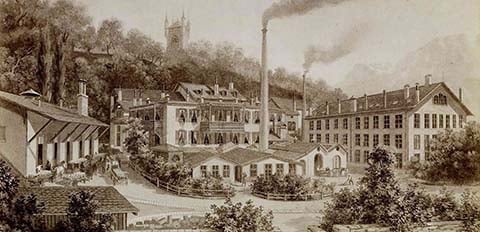
1866
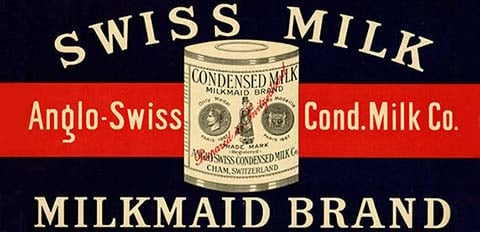
US brothers Charles and George Page establish the Anglo-Swiss Condensed Milk Company. Using the abundant supplies of fresh milk in Switzerland, they start Europe's first production facility for condensed milk. They sell the milk under the Milkmaid brand. It's marketed as a safe, long-life alternative to fresh milk.
1867

Nestlé's founder, German-born pharmacist Henri Nestlé, launches his 'farine lactée' ('flour with milk') in Vevey, Switzerland. Combining cow's milk, wheat flour and sugar, the product is designed for infants who can't be breastfed, to tackle high mortality rates. Around this time he starts using the iconic 'nest' logo.
1875

Henri Nestlé, now in his 60s, sells his company and factory in Vevey to three local businessmen. They employ chemists and skilled workers to help expand production and sales.
1878

Fierce competition develops between Nestlé and Anglo-Swiss. They are now selling rival versions of the other's original products: condensed milk and infant cereal. Both firms expand sales and production abroad.
1882-1902
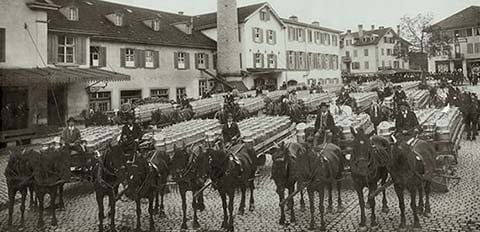
In 1882 Anglo-Swiss moves into the US, but the death of founder George Page slows down plans. In 1902 Anglo-Swiss sells its US-based operations, paving the way for an eventual merger with Nestlé.
1904

Nestlé starts selling chocolate for the first time after taking over export sales for Peter & Kohler. In 1875, the Nestlé company also plays a role in developing milk chocolate by supplying Vevey neighbor, Daniel Peter, with condensed milk. Peter uses this in his trials to create the first milk chocolate to eat.
Period highlights
1905

Anglo-Swiss and Nestlé merge to form the Nestlé & Anglo-Swiss Milk Company. The company has two head offices in Vevey and Cham (Switzerland) and opens a third office in London to help drive export sales. Over several years the company expands its range to include unsweetened condensed milk and sterilized milk.
Period highlights
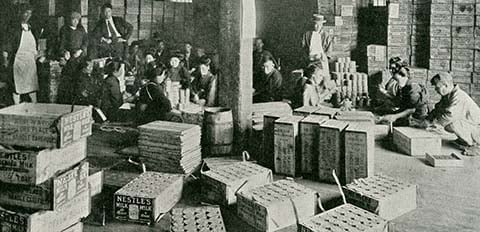
1914

War breaks out across Europe and disrupts production for the company. The hostilities also drive demand for Nestlé dairy products, in the form of large government contracts.
1915

Condensed milk is long-lasting and easy to transport, which makes it popular with armed forces. In 1915 the British Army starts giving Nestlé canned milk to soldiers in their emergency rations. Strong demand for this product means that the company's milk refineries are working flat out.
1916

Nestlé & Anglo-Swiss acquires Norwegian dairy company Egron. The business has patented a spray-drying process for producing milk powder, which Nestlé & Anglo-Swiss starts selling.
1917-1918
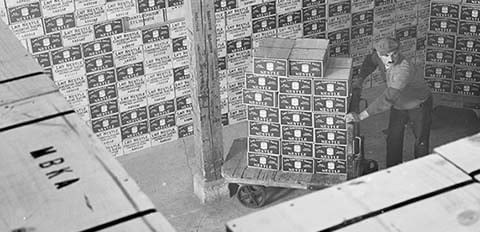
Milk shortages in Switzerland mean that Nestlé & Anglo-Swiss has to give its fresh milk supplies to help people in towns and cities. To meet the demand for condensed milk from the warring nations, the company buys US refineries and signs supply agreements with Australian companies, which it later acquires.
Period highlights
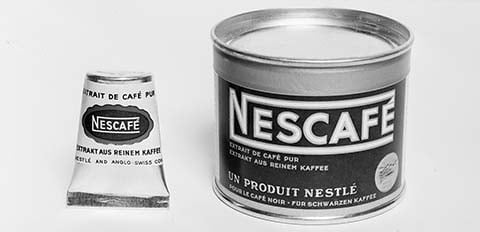
1921-1922
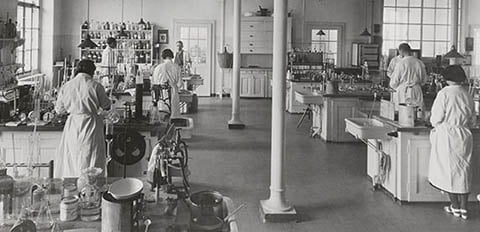
In 1921, falling prices and high stock levels lead to the first, and only, financial loss for Nestlé & Anglo-Swiss. Banker Louis Dapples joins as crisis manager and encourages the company to appoint professional managers for the first time. Administration is centralized and all research is brought together at a laboratory in Vevey, Switzerland.
1929

The company buys Switzerland's largest chocolate company Peter-Cailler-Kohler, the origins of which date back to 1819 when François Louis Cailler created one of the country's first chocolate brands, Cailler. Chocolate now becomes a large part of the Nestlé & Anglo-Swiss business.
1934

Malted chocolate drink Milo launches in Australia, and is later exported to other markets. The company continues to develop baby and infant foods and introduces Pelargon in 1934. This is a full-milk powder for babies, enriched with lactic acid bacteria to improve digestibility.
1936

1936 sees Nestlé & Anglo-Swiss transformed into a holding company with a dual geographical structure (Nesthold in Vevey and Unilac in Panama). Nestlé launches the vitamin supplement Nestrovit and, the following year, the innovative products Galak white chocolate and Rayon, a chocolate with honey and air bubbles.
1938
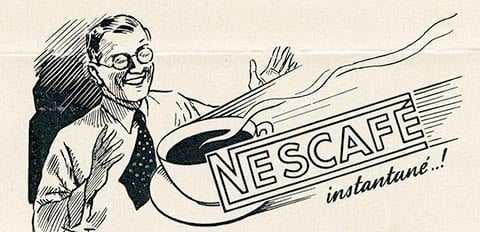
Nescafé is launched as a 'powdered extract of pure coffee' that delivers coffee's natural flavor just by adding hot water. It's the brainchild of Max Morgenthaler, who created the product when the Brazilian government asked Nestlé & Anglo-Swiss to find an outlet for its huge coffee surplus.
Period highlights
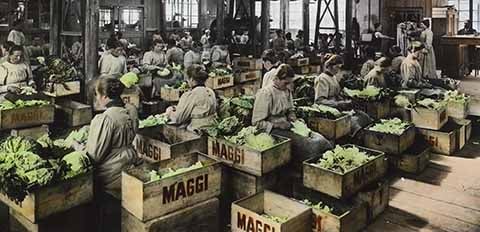
1939
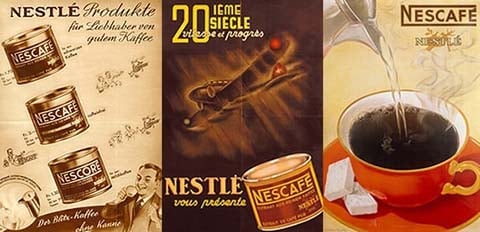
Fearing that the Axis powers could occupy Switzerland, Nestlé & Anglo-Swiss relocates some managers to a new office in the US. This becomes the company's second headquarters during the war. The fighting makes it impossible for Nestlé to export milk from Europe, so the company supplies Africa and Asia from the US and Australia. It also expands into Latin America.
1942-1945
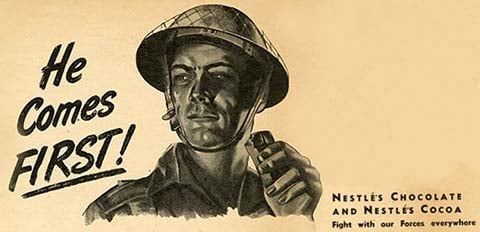
WWII initially slows sales of Nescafé, but they pick up as hostilities continue. When the US enters the war, Nestlé brands gain popularity among American service personnel. At the end of the war, Nescafé is included in CARE aid supplies in Japan and Europe. Following on from the success of instant coffee, Nestea is launched in the late 1940s.
1947

Nestlé & Anglo Swiss merges with Swiss company Alimentana, which produces Maggi soups, bouillons and seasonings. It's renamed Nestlé Alimentana. Alimentana's history dates back to 1884, when Julius Maggi developed a protein-rich dried soup to tackle malnutrition.
Period highlights
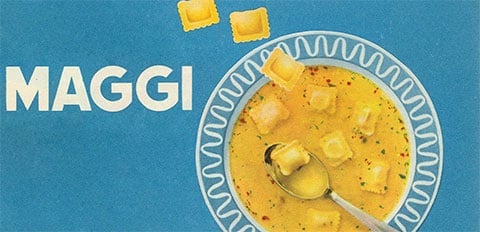
1948
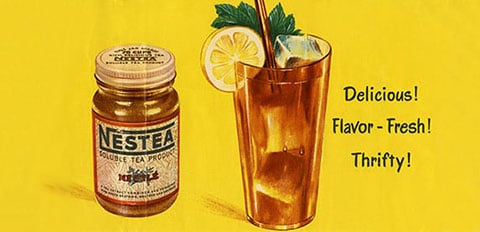
In the US, Nestlé Alimentana launches a soluble tea, Nestea. This is manufactured in the same way as Nescafé and can be served hot or cold. Nesquik, which dissolves easily in cold milk, is also launched in the US and becomes a top seller.
1954

Nestlé infant cereal has been around since 1948 as a powdered product, but it's now rebranded as Cerelac. In addition, Maggi's seasoning brand, Fondor, launches a powder alongside its original bouillon cube. Packaged in a convenient shaker, it can be used as a condiment in the dining room, as well as in the kitchen.
1957
Canned ravioli is launched under the Maggi brand. Its huge success prompts Nestlé to launch more canned, prepared foods. This becomes a new growth segment for the business.
Period highlights
1960
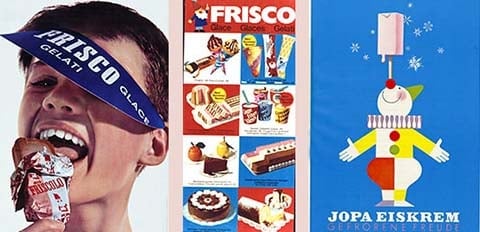
With more households buying freezers, demand for ice cream is rising. Nestlé buys German producer Jopa and French manufacturer Heudebert-Gervais to capitalize on this growth. It also adds Swiss brand Frisco to the mix in 1962. Nestlé brand acquisitions continue with the purchase of UK canned foods company Crosse & Blackwell.
1962

Nestlé buys the Findus frozen food brand from Swedish manufacturer Marabou, and takes the brand to international markets. In 1945, Findus becomes one of the first companies to sell frozen foods in Europe.
1968
As chilled dairy products are increasingly popular, Nestlé buys French yogurt producer Chambourcy. In the early 1970s Chambourcy launches the Sveltesse range of yogurts, aimed at health and weight-conscious consumers.
1969
To add to the acquisitions, Nestlé enters mineral waters by buying a stake in French water brand Vittel.
1973

Keen to bolster its canned foods and frozen portfolio in Anglo-Saxon markets, Nestlé takes over the US frozen foods company Stouffer Corporation. Three years later, it buys canned foods producer Libby, McNeill & Libby.
1974
For the first time in its history, Nestlé diversifies beyond food and drink. It becomes a minority shareholder in global cosmetics company L'Oréal.
1977
Renamed Nestlé S.A., the company continues its diversification strategy, buying US pharmaceutical and ophthalmic products manufacturer Alcon Laboratories. Declining breast-feeding rates lead some activists to question the baby food marketing strategies of companies like Nestlé. In 1977 they call on people to boycott Nestlé products.
Period highlights
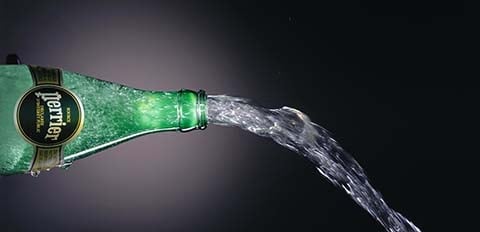
1981
Stouffer's Lean Cuisine frozen meals are launched on a low-fat, low-calorie platform, which creates impressive sales. Nestlé and L'Oreal establish Galderma as a joint venture in dermatology. Plus, the World Health Assembly adopts the WHO code on breast-milk substitutes, which Nestlé applies across the business.
1985

By acquiring US-based Carnation Company for USD 3 billion, Nestlé adds brands such as Carnation and Coffee-Mate to its portfolio. It also enters the pet food business when it buys the Friskies brand.
1986

The Nespresso story begins with a simple idea: enable anyone to create a perfect cup of coffee, just like a skilled barista. People across Japan, Italy and Switzerland are given this opportunity in 1986 when Nespresso officially launches.
Read more: Calling coffee pilgrims everywhere! Nespresso
1988

Nestlé buys UK confectionery company Rowntree Mackintosh, adding brands like KitKat, After Eight and Smarties to its portfolio. It also acquires Italian pasta, sauce and confectionery group Buitoni-Perugina.
1991
Nestlé creates a joint venture with General Mills, Cereal Partners Worldwide, to produce and market breakfast cereals globally. The company also joins forces with The Coca-Cola Company to form Beverage Partners Worldwide. This paves the way for the manufacture and marketing of brands including Nestea.
1992
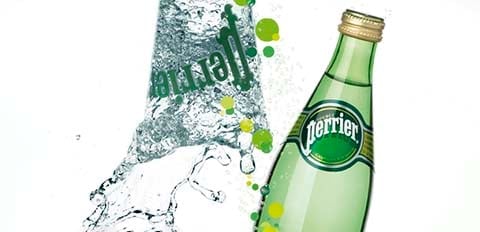
In 1992, Nestlé develops its position in mineral waters by acquiring France's Perrier Group. It goes on to create Nestlé Sources Internationales in 1993. This business is renamed Nestlé Waters in 2002.
Read more: How a Victorian exercise craze whipped Perrier into shape
1997
As the millennium approaches, Nestlé appoints a new CEO, Peter Brabeck-Letmathe. He sees growth potential in personalized nutrition and starts building Nestlé's position as the leader in 'Nutrition, Health and Wellness'.
1998

Following its acquisition of French water company Perrier, Nestlé now buys the Italian mineral waters business Sanpellegrino Group. It also launches Nestlé Pure Life in developing countries, to guarantee clean and healthy drinking water. Two years later Aquarel is introduced in Europe.
Period highlights
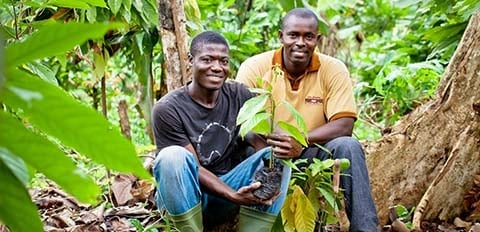
2000

The Sustainable Agricultural Initiative Nestlé (SAIN) promotes collaboration with local farmers. It aims to improve living standards and ensure a more sustainable supply of commodities. In addition, Nestlé moves away from being primarily a processor of agricultural commodities to being a food producer and a key player in the areas of nutrition, health and wellness.
2001

Following the earlier acquisitions of Alpo Petfoods (1994) and Spillers Petfood (1998), Nestlé buys US pet food business Ralston Purina. The business merges this with Nestlé Friskies Petcare to become the new market leader, Nestlé Purina Petcare.
2002

After expanding its ice-cream business in the 1990s, Nestlé acquires the licensing rights to premium ice cream Häagen-Dazs in the US and Canada. The business also buys Mövenpick and Dreyer's Grand Ice Cream in 2003. Aside from the world of ice-cream, Nestlé acquires frozen foods business Chef America for USD 2.6 billion.
2006
Nestlé shares its Creating Shared Value approach to doing business. This states that any action for shareholders must also create value for local communities and wider society. Alongside this, Nestlé acquires weight management business Jenny Craig and Australian breakfast cereals company Uncle Toby's.
2007
A growing focus on medical nutrition leads Nestlé to acquire Novartis Medical Nutrition. It also buys baby food company Gerber, as well as Sources Minérales Henniez, a mineral water business in Switzerland. Nestlé's Board of Directors appoints Paul Bulcke, the current Head of Zone Americas, as CEO of Nestlé and Mr. Peter Brabeck-Letmathe as active, non-executive Chairman of the Board of Directors, effective April 2008.
2009

The first Creating Shared Value Forum in New York brings together experts to discuss global challenges in the areas of nutrition, water and rural development. As well as the role of businesses in helping to solve them. In this year Nestlé also creates its foodservice business division, Nestlé Professional.
2010

Nestlé acquires Kraft Foods' frozen pizza business. In addition, the Nestlé Cocoa Plan and Nescafé Plan are launched to develop the company's sustainable supply chains in cocoa and coffee. The plans aim to improve social conditions in farming communities, while ensuring their profitability.
2011

The business establishes Nestlé Health Science and the Nestlé Institute of Health Sciences. The aim? To research science-based nutritional products aimed at preventing and treating chronic medical conditions. What's more, Nestlé becomes the first food company to work with the Fair Labor Association (FLA), to help tackle child labor in the cocoa supply chain.
2012
In a bid to strengthen its position in infant nutrition, Nestlé acquires Wyeth Nutrition, formerly Pfizer Nutrition, for USD 11.9 billion.
2013
Nestlé Health Science buys US-based medical foods company Pamlab, which specializes in medical nutrition for patients with conditions including mild cognitive impairment and depression. Weight management business, Jenny Craig, is sold in America and Oceania. While Nestlé needs YOUth is launched with the aim of combating widespread youth unemployment.
2014

With the creation of Nestlé Skin Health, Nestlé takes full control of the Galderma dermatology joint venture which it developed with L'Oréal in 1981. The companies also end their joint venture Innéov, a cosmetic nutritional supplements business launched in 2002. Galderma subsequently acquires some of its assets.
2016
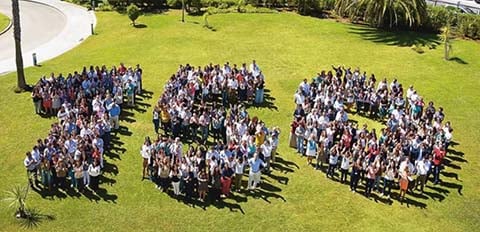
Nestlé celebrates its 150th year as a company. It also incorporates a portion of its ice cream, frozen food and chilled dairy business into a joint venture - Froneri - with UK ice cream manufacturer R+R.
Period highlights

2017
Under the new CEO Mark Schneider and Chairman Paul Bulcke, Nestlé acquires Atrium Innovations. A move which supports Nestlé's development in consumer healthcare, while complementing the focus on high-growth categories like coffee, petcare, infant nutrition and plant-based products. US investments are made in Blue Bottle Coffee, Sweet Earth and Freshly.
2018
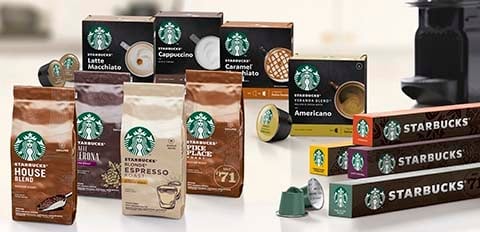
Nestlé acquires dog nutrition business Tails.com. It's also granted the rights to market Starbucks products globally, outside of the company's coffee shops. This gives Nestlé a platform for growth in North America and worldwide. In addition, the business sets out the ambition to make 100% of its packaging recyclable or reusable.
2019
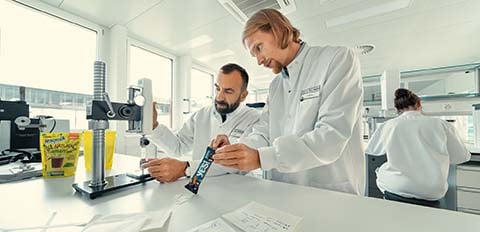
Nestlé inaugurates the Nestlé Institute of Packaging Sciences, closes the sale of Nestlé Skin Health, and sells 60% of its stake in Herta to create a joint venture with Casa Tarradellas. It also sells its U.S. ice cream business to its Joint Venture Froneri. Internally, the business supports families with a new and enhanced parental leave policy.
2020
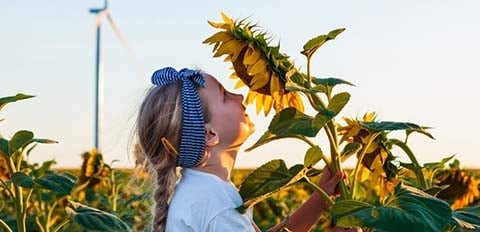
Nestlé Health Science expands its portfolio through the acquisition of Zenpep, Vital Proteins and Aimmune. While the Yinlu peanut milk and canned rice porridge businesses are sold. Nestlé also launches its Net Zero Roadmap, which outlines the company's commitment to achieve net zero emissions by 2050 at the latest.
2021
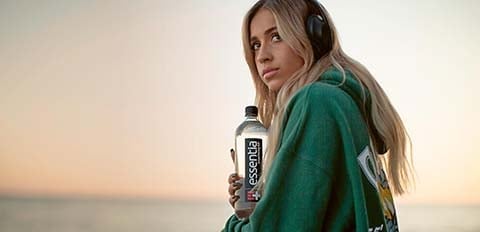
The business sells Nestlé Waters North America brands and acquires functional hydration brands Essentia and Nuun. In the same year, Nestlé reduces its stake in L'Oréal, while Nestlé Health Science boosts its portfolio through the part acquisition of The Bountiful Company. 'Generation Regeneration' is launched and Nestlé publishes its climate roadmap.
2022
Nestlé kicks off the year by announcing further plans to tackle child labor risk. Shortly followed by the creation of the Nestlé Institute of Agricultural Sciences, which aims to strengthen the business's agricultural science expertise. The company also achieves its carbon peak. Meanwhile, Nestlé Health Science acquires a majority stake in Orgain, a leader in plant-based nutrition.
تواصلوا معنا

كشركة أغذية و مشروبات رائدة تعمل عالميا لأكثر من 150 عاما, فإن خبرتنا في مجال تأكيد الجودة و المطابقة قد مكنتنا على إعطاء أفضل الخدمات الممكنة.
نحن نهدف لأن نكون شريكك الموثوق و الخيار الأول لكل احتياجاتك التحليلية.
كن شريكنا لتكون رائدا في مجالك.
للأسئلة و الاستفسارات الرجاء الاتصال بنا
البريد الإلكتروني
[email protected]
ساعات العمل
من الأحد إلى الخميس 8:30 صباحاً – 5:00 مساءً
عنوان الشحن
مركز نستله لضمان الجودة دبي
شركة نستله الشرق الأوسط للتصنيع ذ.م.م.
طريق مطار آل مكتوم الدولي - بوابة 5
ص.ب: 664317
دبي، الإمارات العربية المتحدة
الكمياء

خدمات تحليلية
|
.LI/ISO No |
وصف الطريقة |
معتمدة |
المجال |
|
LI-00.544-3 |
السكريات (الجلوكوز ، الفركتوز ، اللاكتوز ، السكروز ، المالتوز و المالوتريوز) |
ü |
الشوكولاتة، حبوب الرُضّع، حليب الرُضّع، نسكويك |
|
LI-00.681-4 |
فيتامين أ و ه |
ü |
حليب الرُضّع وحبوب الرُضّع والمشروبات |
|
LI-00.680-1 |
فيتامين د 3 |
ü |
حليب الرُضّع وحبوب الرُضّع والمشروبات |
|
LI-00.682-4 |
فيتامين ك1 |
ü |
حليب الرُضّع ، حبوب الرضع ، الحليب المدعم |
|
LI-00.649-1 |
فيتامين ب 12 |
ü |
|
|
LI-00.689-4 |
فيتامين ب1 |
ü |
حليب الرُضّع ، وحبوب الرُضّع ، المشروبات التي تحتوي على الكاكاو |
|
LI-00.688-2 |
فيتامين ب2 |
ü |
حليب الرُضّع ، وحبوب الرُضّع ، المشروبات التي تحتوي على الكاكاو |
|
OM-ISO-16958;2015 |
الأحماض الدهنية |
ü |
حليب الرُضّع فقط |
|
AOAC-2011.14 |
|
ü |
حليب الرُضّع، حبوب الرُضّع، أطعمة الأطفال ، الحليب ، منتجات الطهي والمنتجات المكونة من الحبوب |
|
LI-00.556-5 |
النيتروجين الكلي |
ü |
جميع عينات الغذاء |
|
LI-00.500-2 |
الرطوبة بواسطة التجفيف بالفرن |
ü |
جميع عينات الغذاء |
|
LI-00.565-4 |
تحديد الرماد |
ü |
جميع عينات الغذاء |
|
LI-00.580-3 |
كلوريد الصوديوم |
|
جميع عينات الغذاء |
|
LI-00.126-3 |
الكثافة |
|
الحليب و السكر البودرة, القهوة السريعة الانحلال |
|
LI-08.043-2 |
الشوائب |
|
الحليب البودرة |
|
LI-00.516-3 |
الحموض الدسمة الحرة |
|
الزيوت و الدهون القابلة للأكل و الزيوت المستخلصة |
|
LI-00.510-1 |
الرطوبة بطريقة كارل فيشر |
|
الحليب البودرة و المنتجات المشابهة, الشوكولا و الكاكاو |
|
LI-00.160-3 |
حجم الحبيبات |
|
جميع عينات البودرة |
|
LI-03.512-2 |
قرينة البيروكسيد |
|
عينات الزيوت |
|
LI-33.109-1 |
درجة الحموضة |
|
الأغذية, العصائر,الطماطم,أغذية الحيوانات الأليقة,الكاكاو و مشتقاته, القهوة. |
|
LI-00.528-3 |
الدسم بطريقة بوكي |
|
الحبوب و منتجاتها, الباستا,منتجات الطبخ,المايونيز و التتبيلة,الكاكاو و أغذية الحيوانات الأليفة |
|
LI-08.040-1 |
قرينة الإنحلال |
|
الحليب البودرة |
|
LI-00.677-2 |
فيتامين سي بالطريقة الكمونية |
|
الحليب و منتجات الحبوب, مشروبات الشوكولا الفورية, العصائر و الفيتامينات |
|
LI-00.015-1 |
الفعالية |
|
الأغذية المجففة غير المبلورة |
|
LI-00.011 |
درجة الحموضة |
|
الحليب السائل, الحليب المركز المحلى و غير المحلى |
